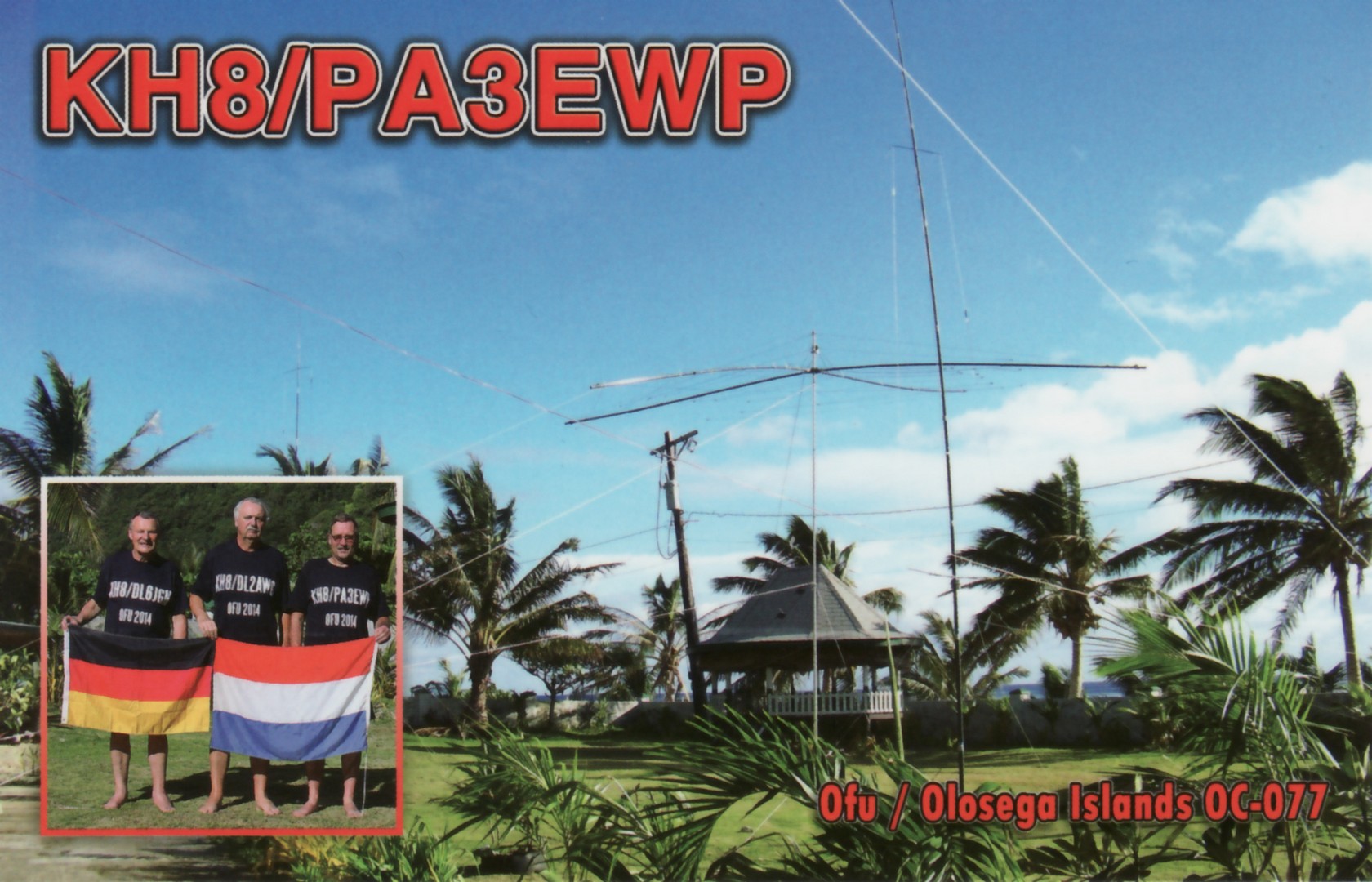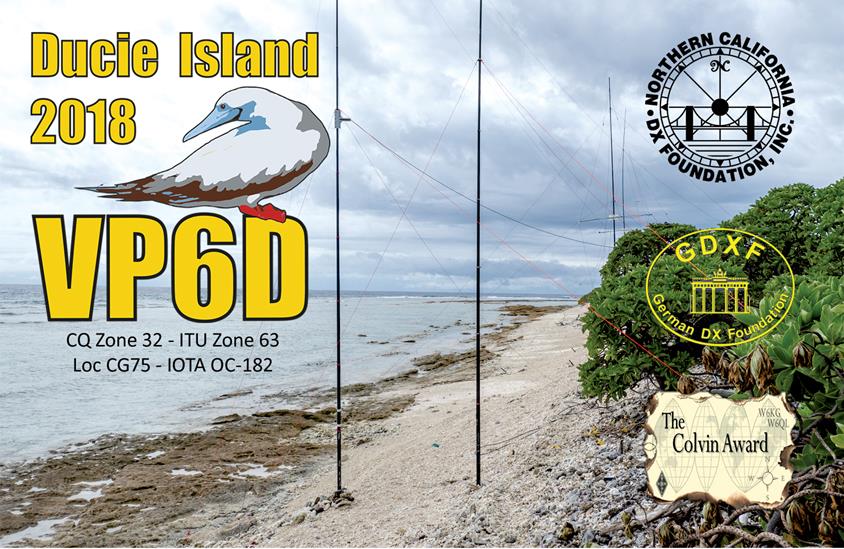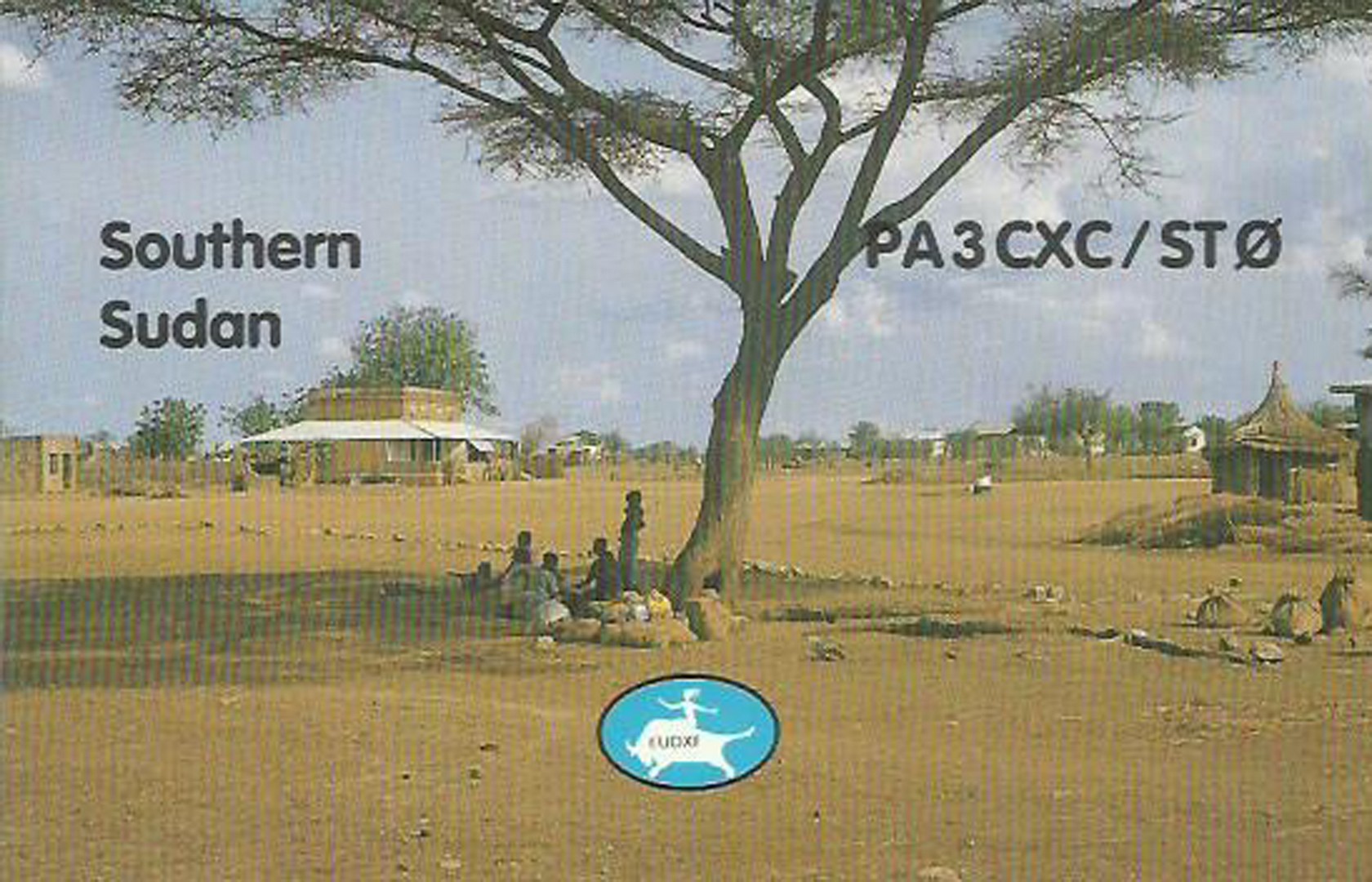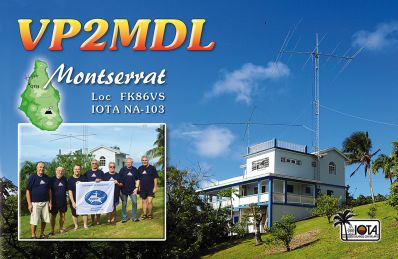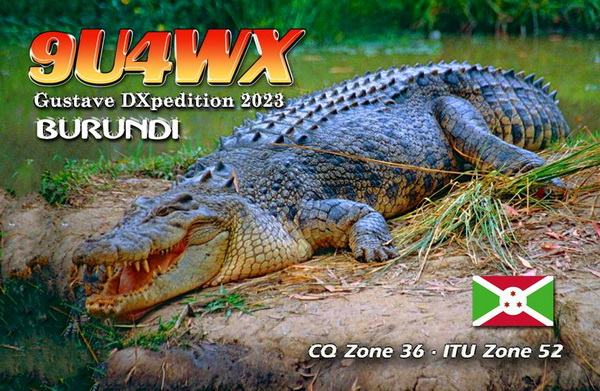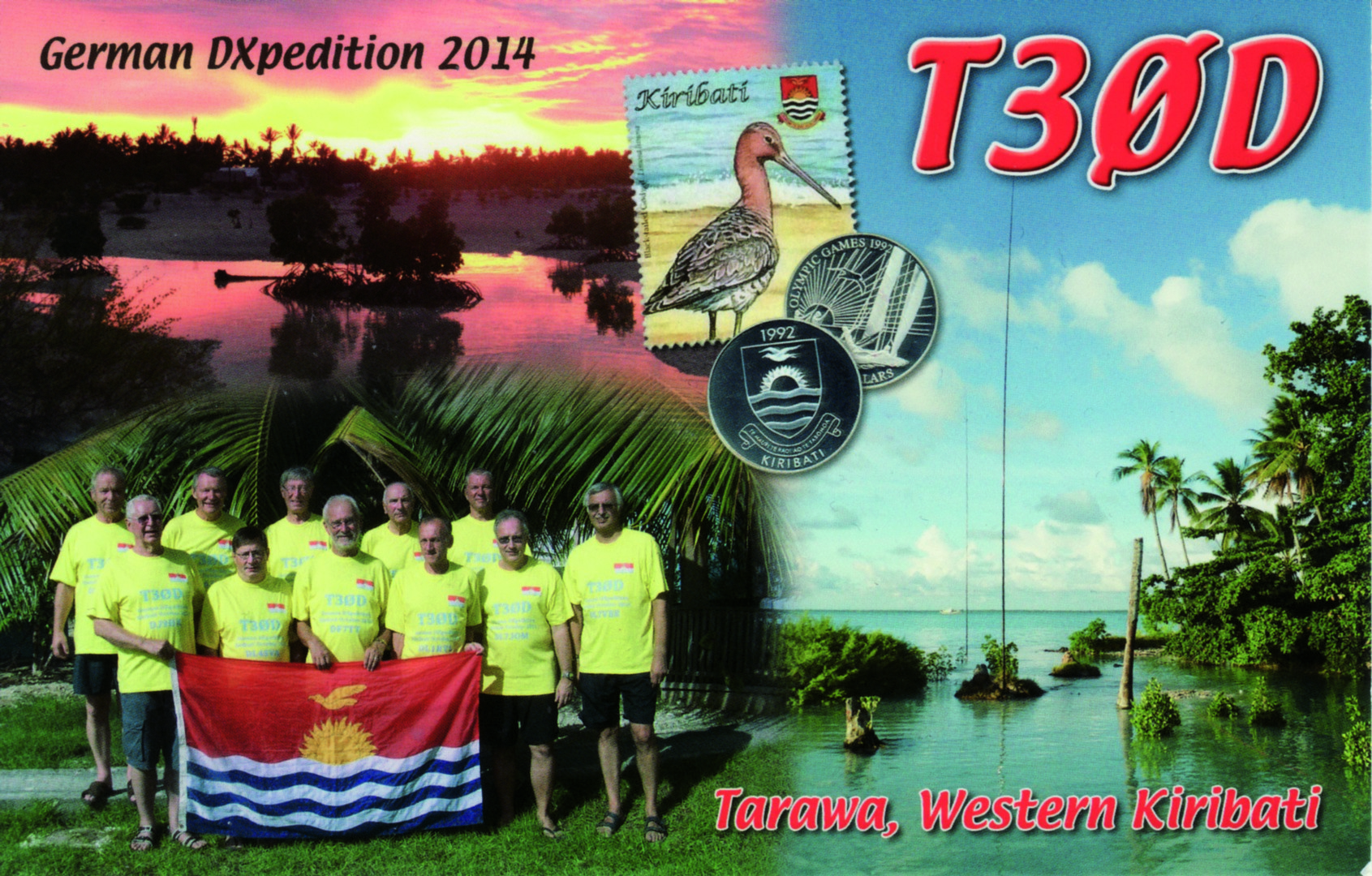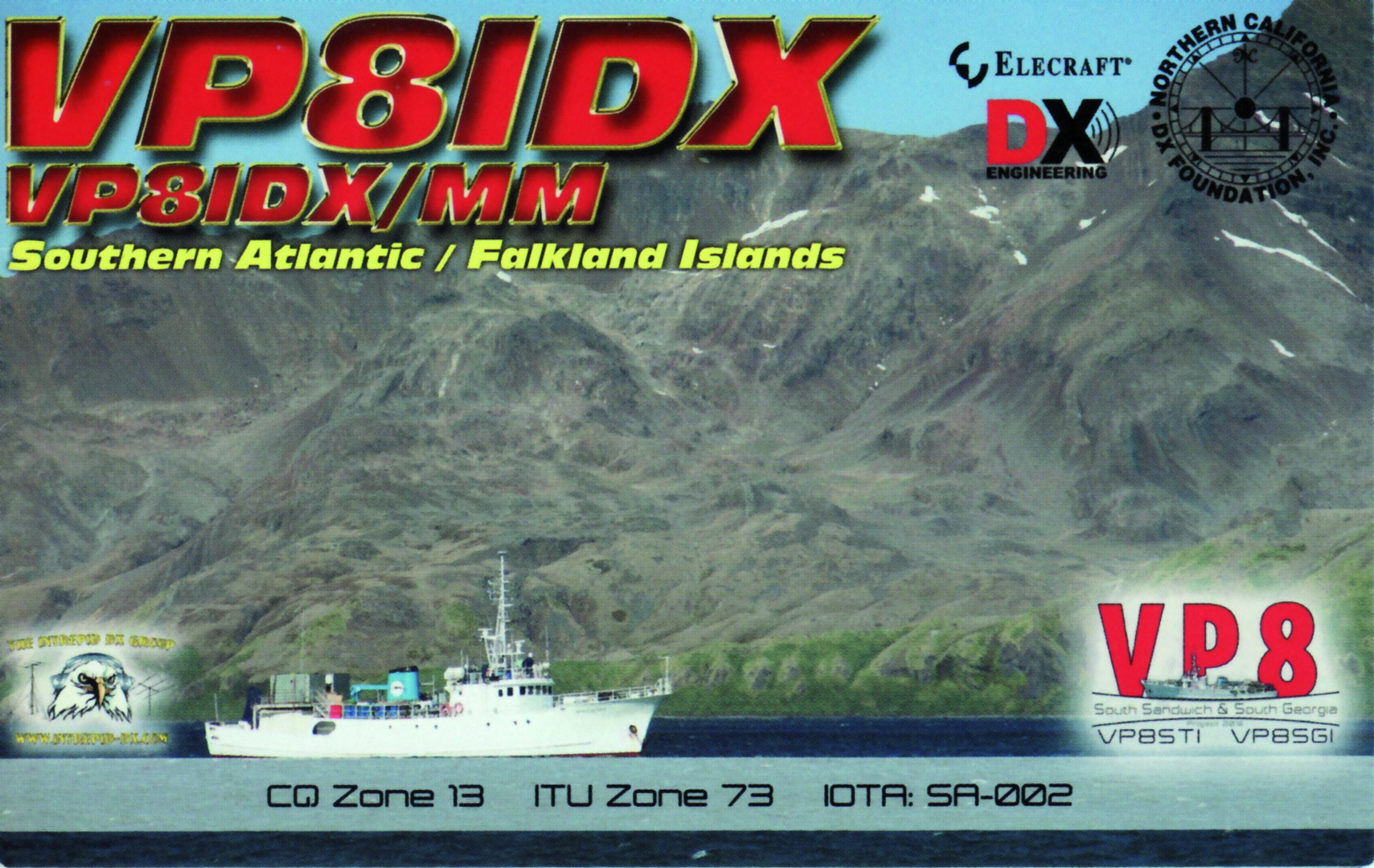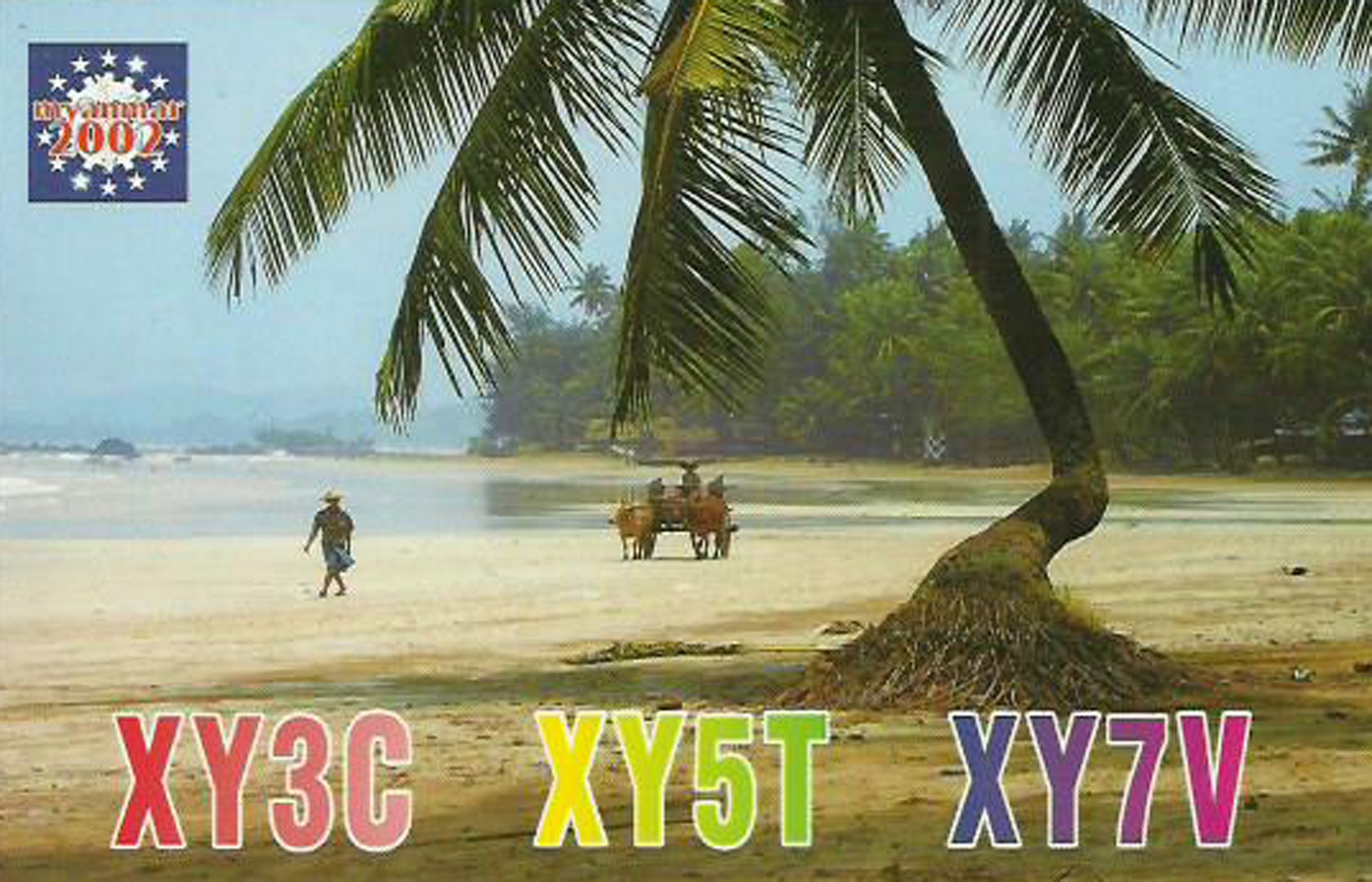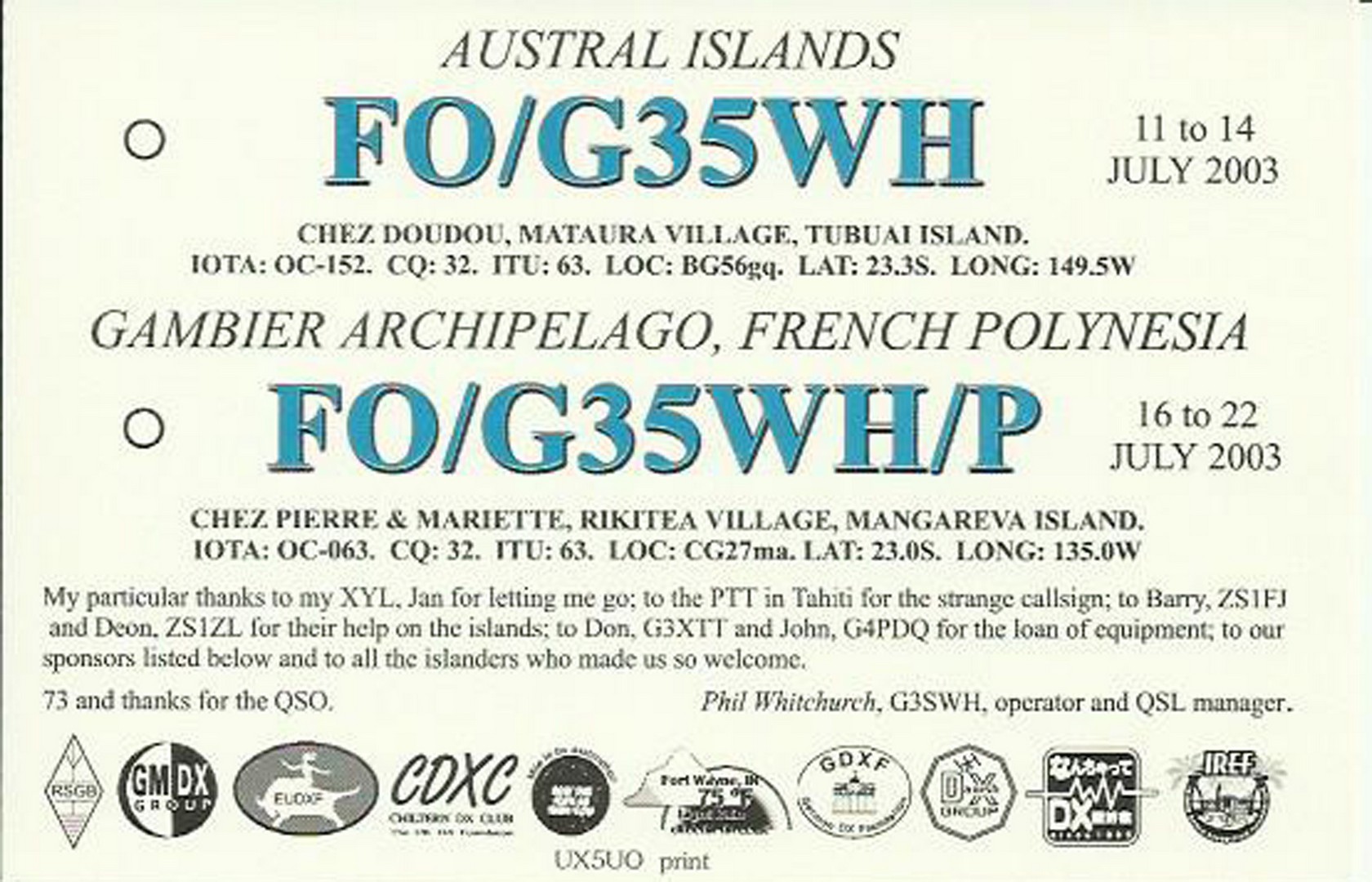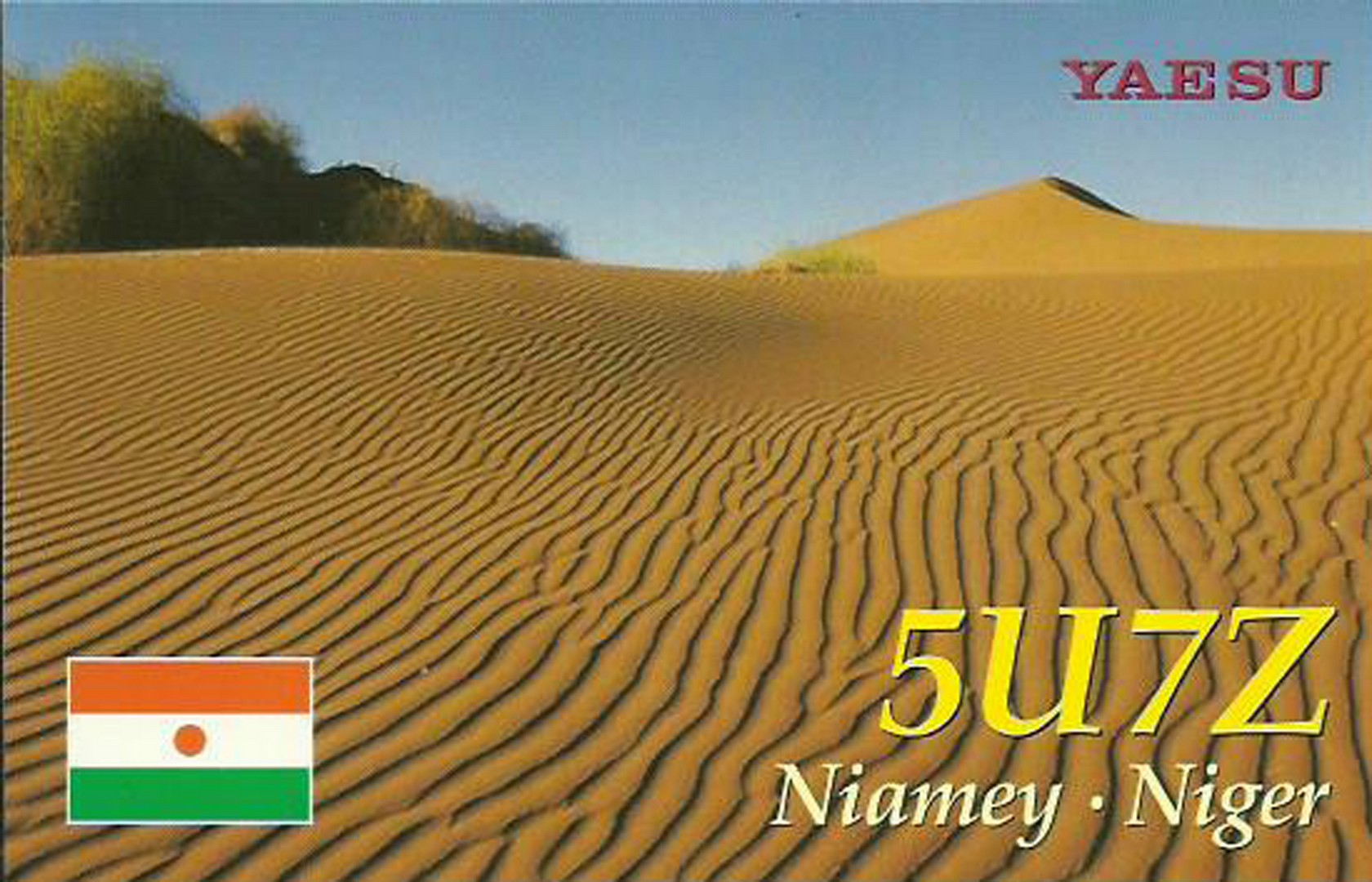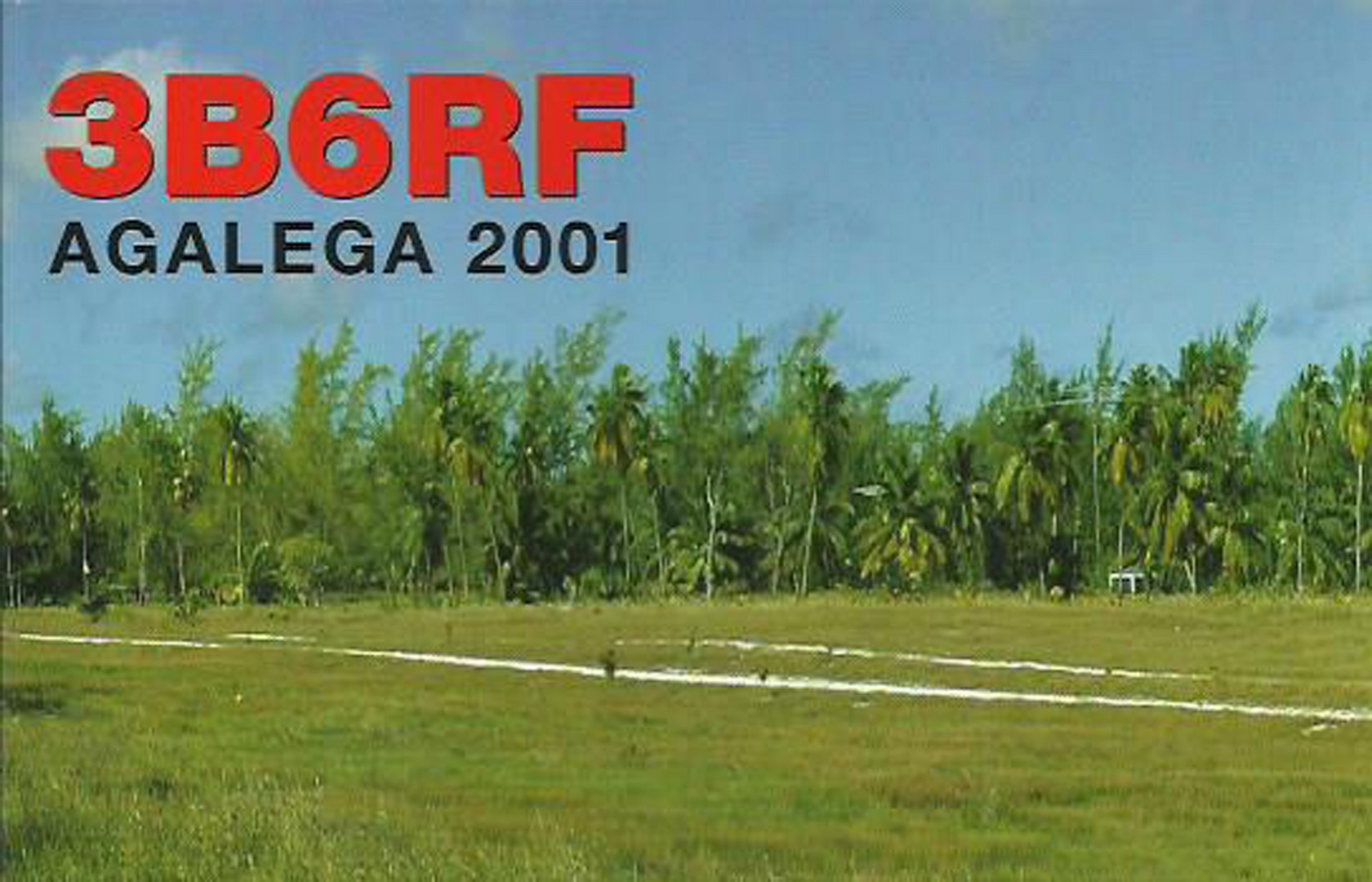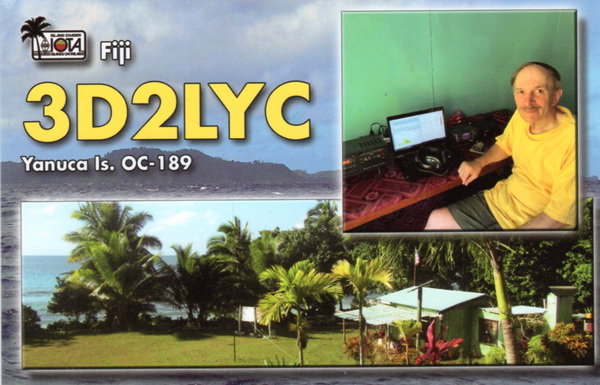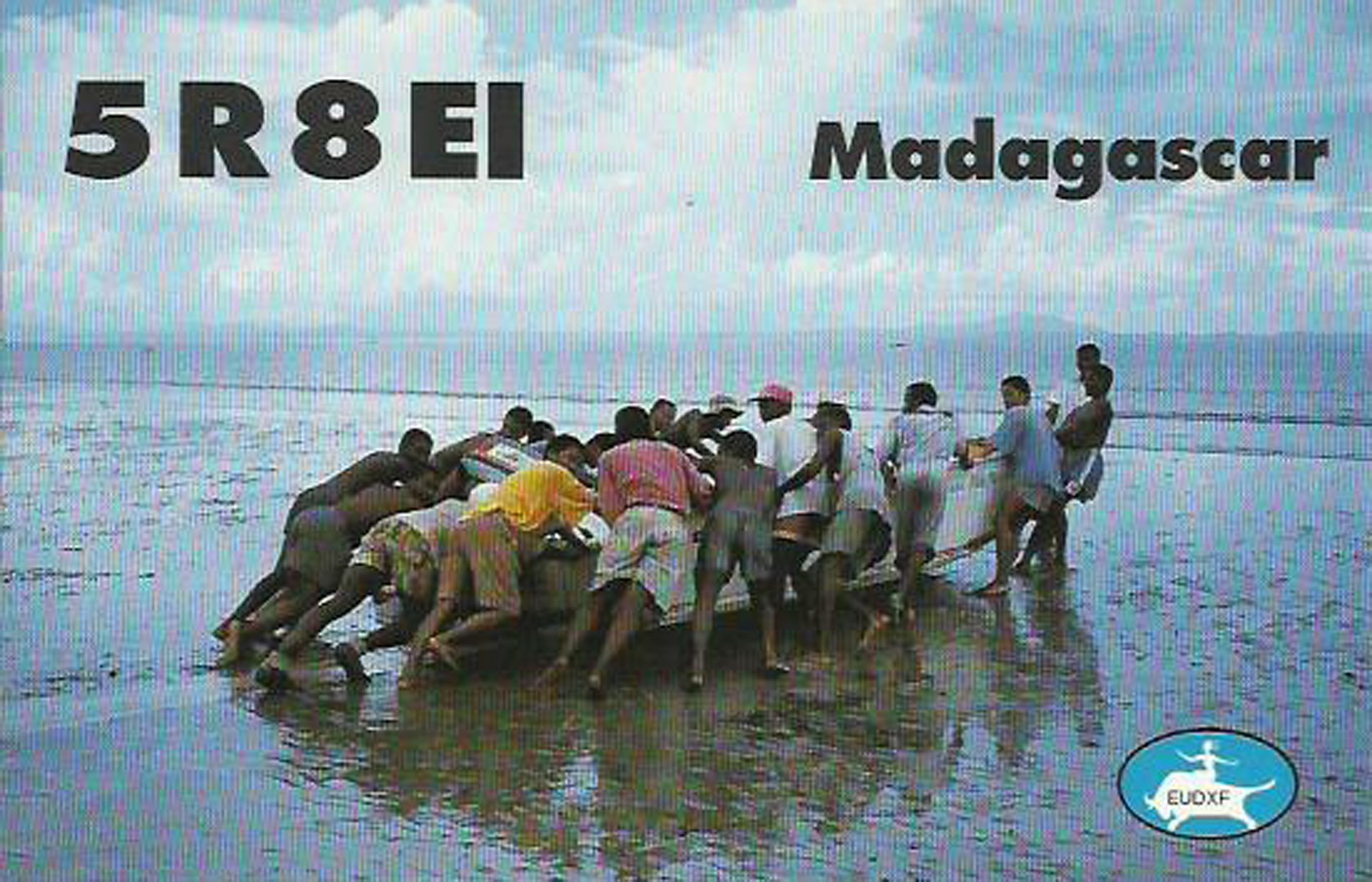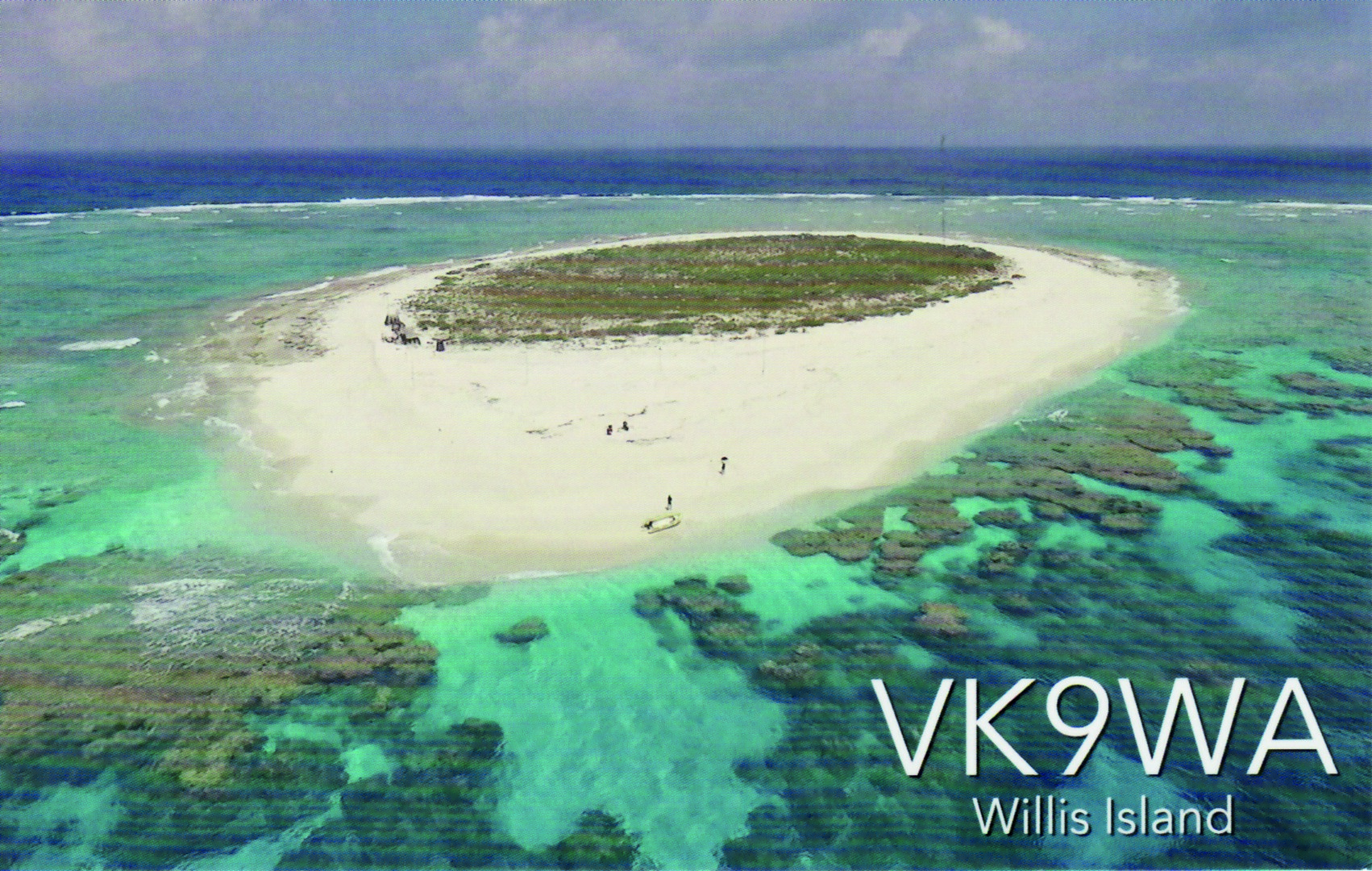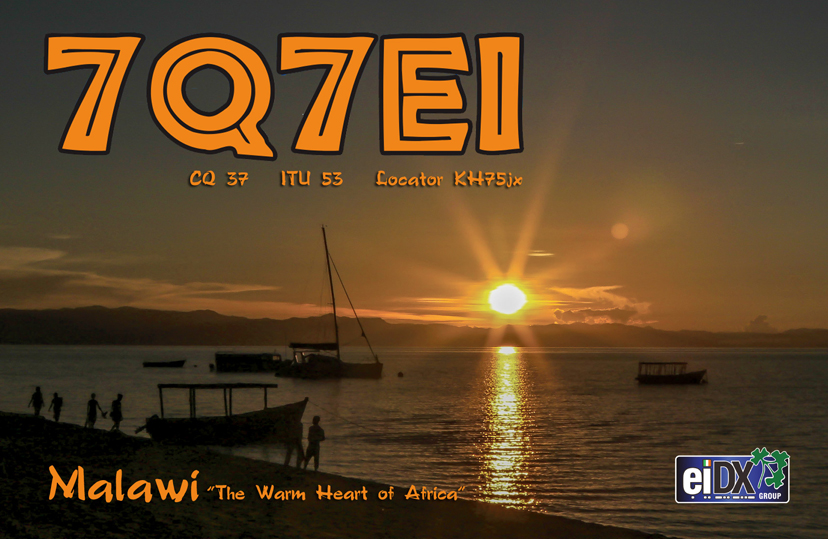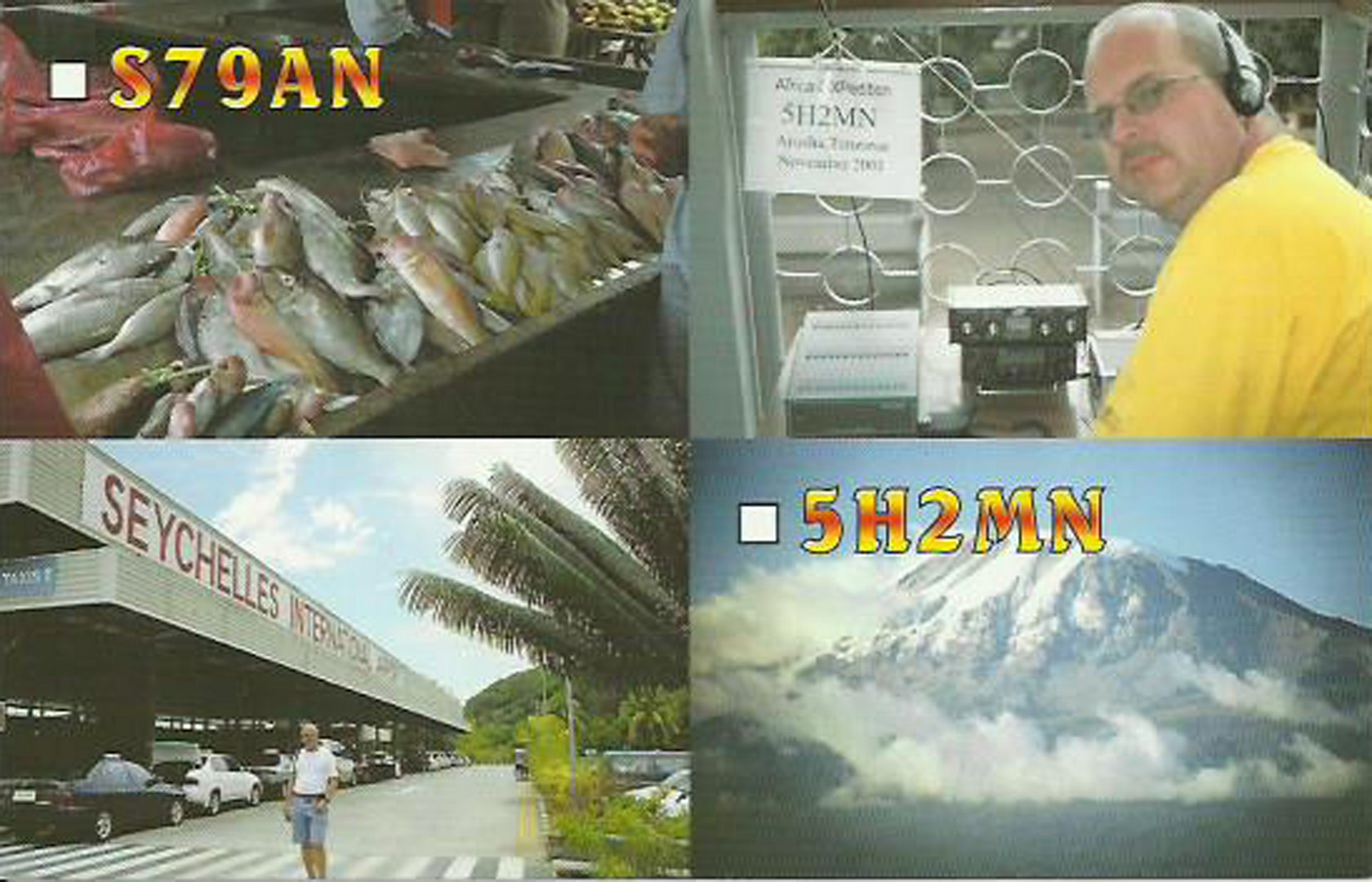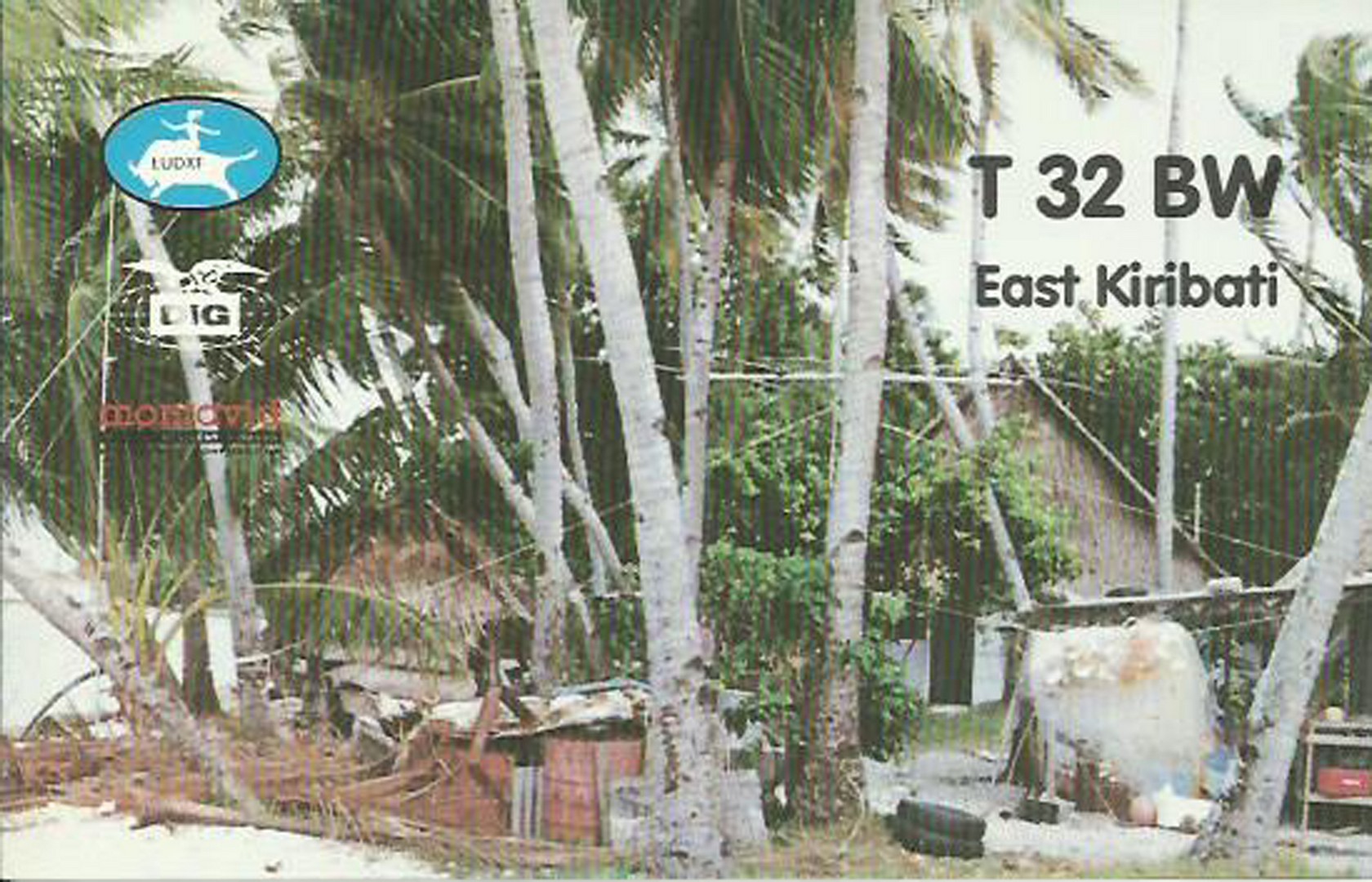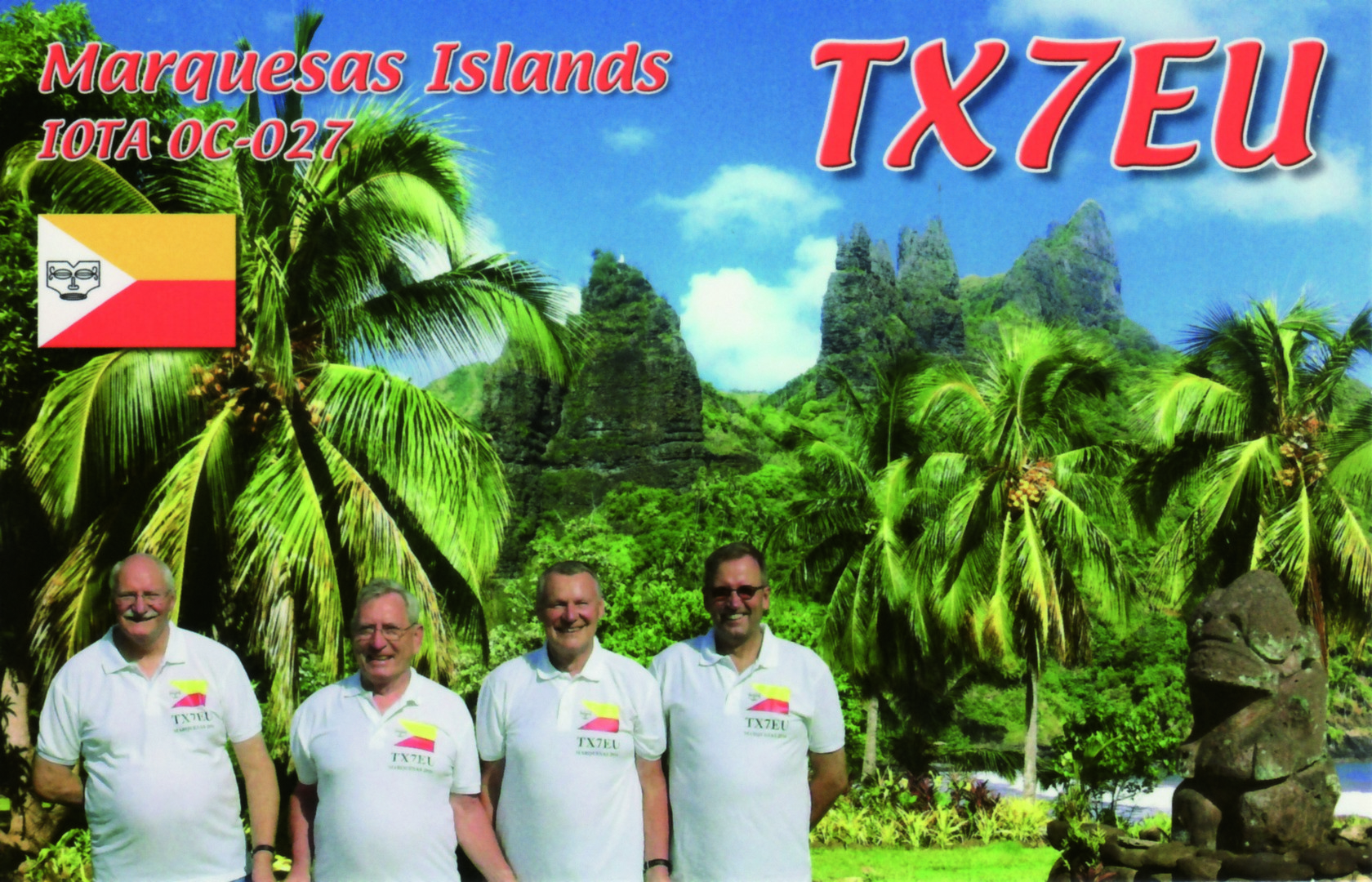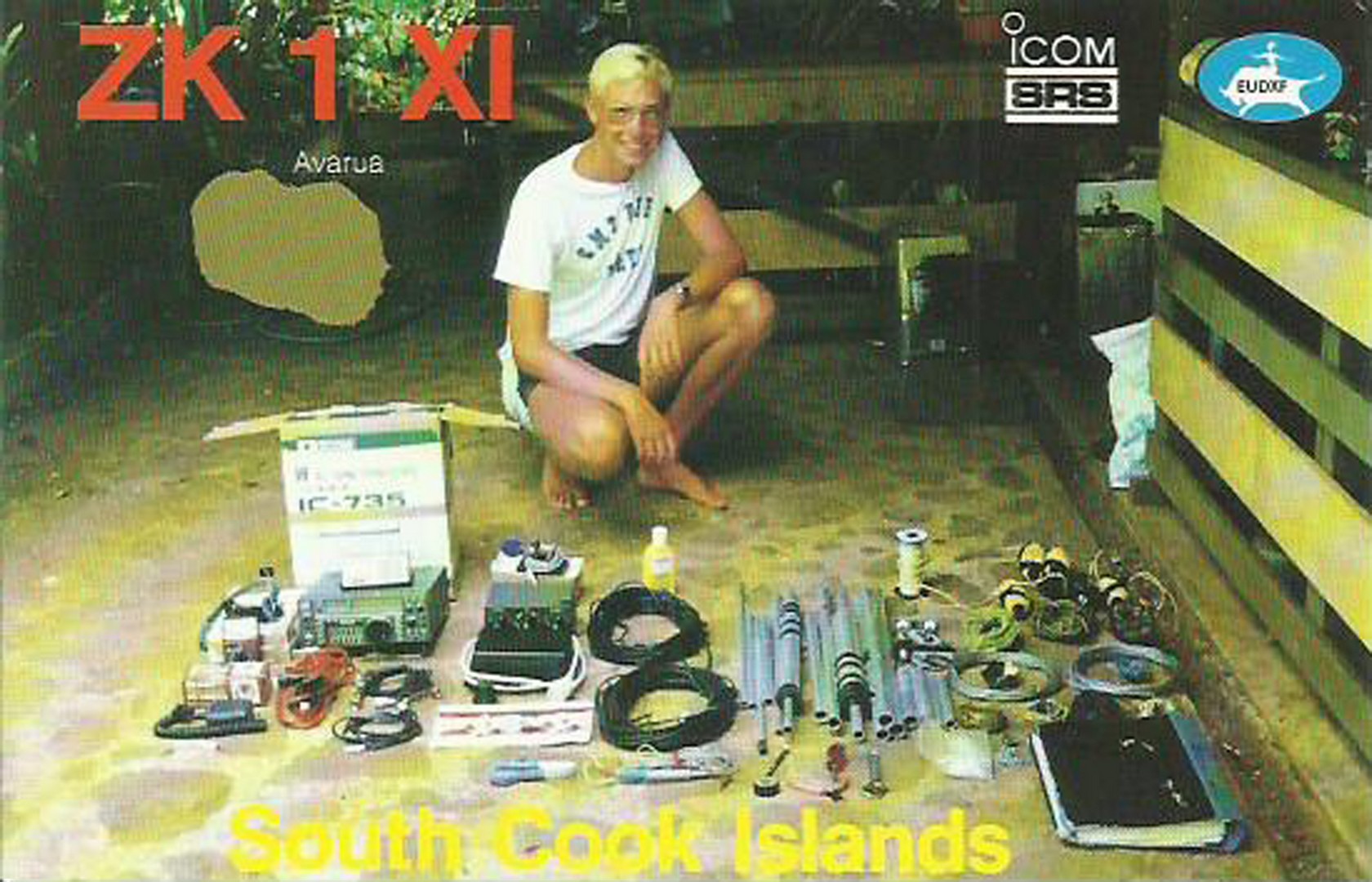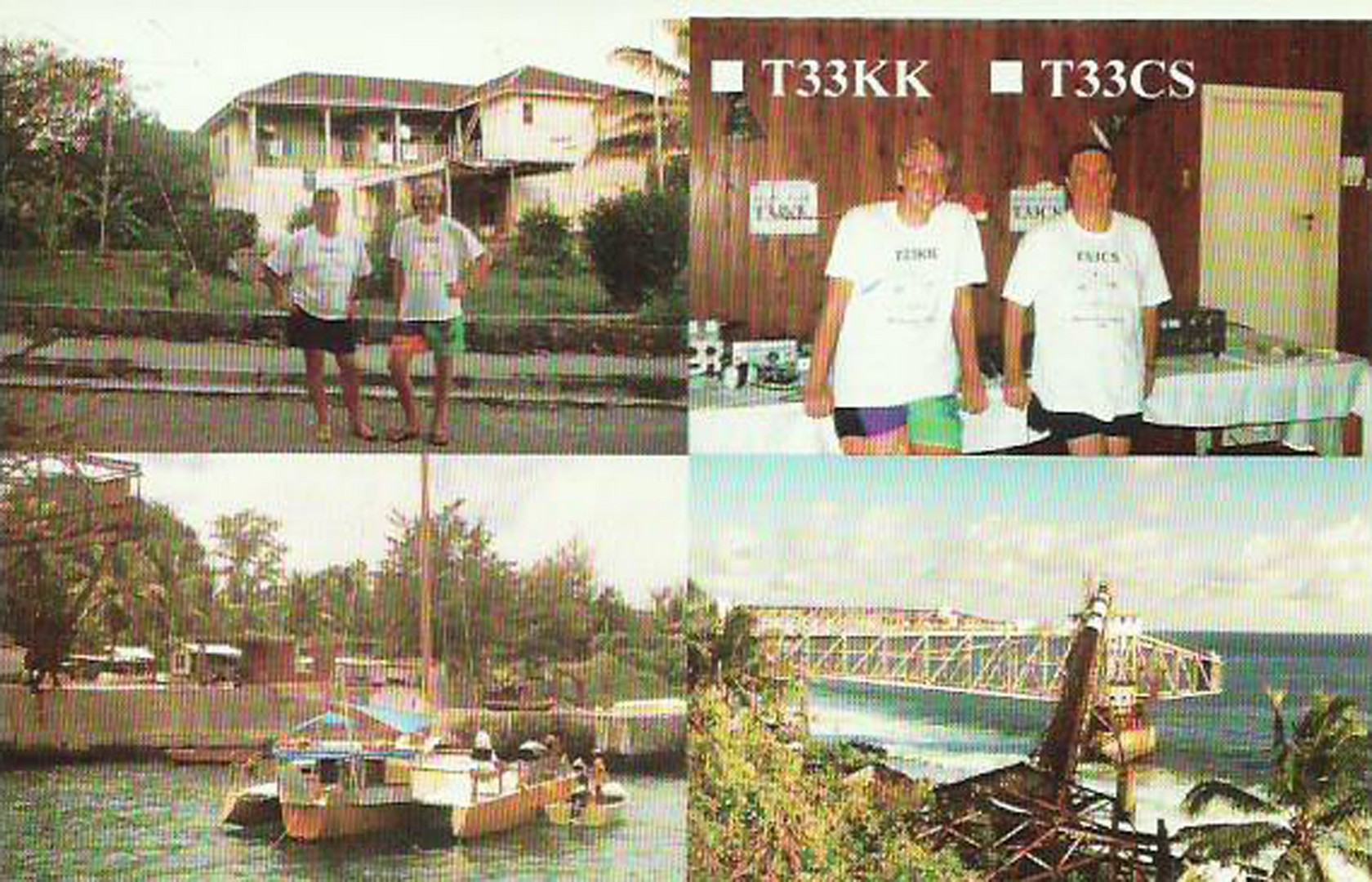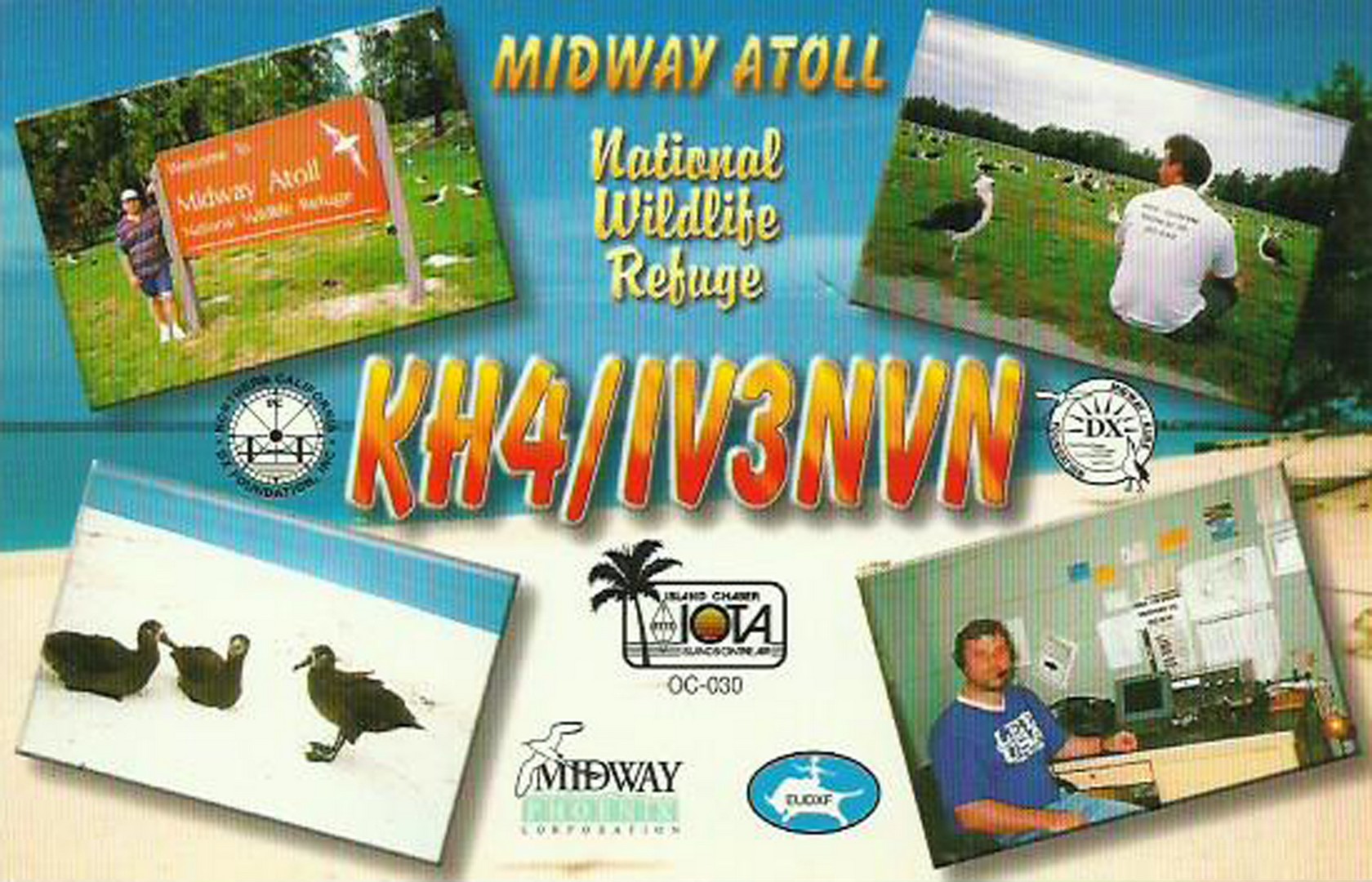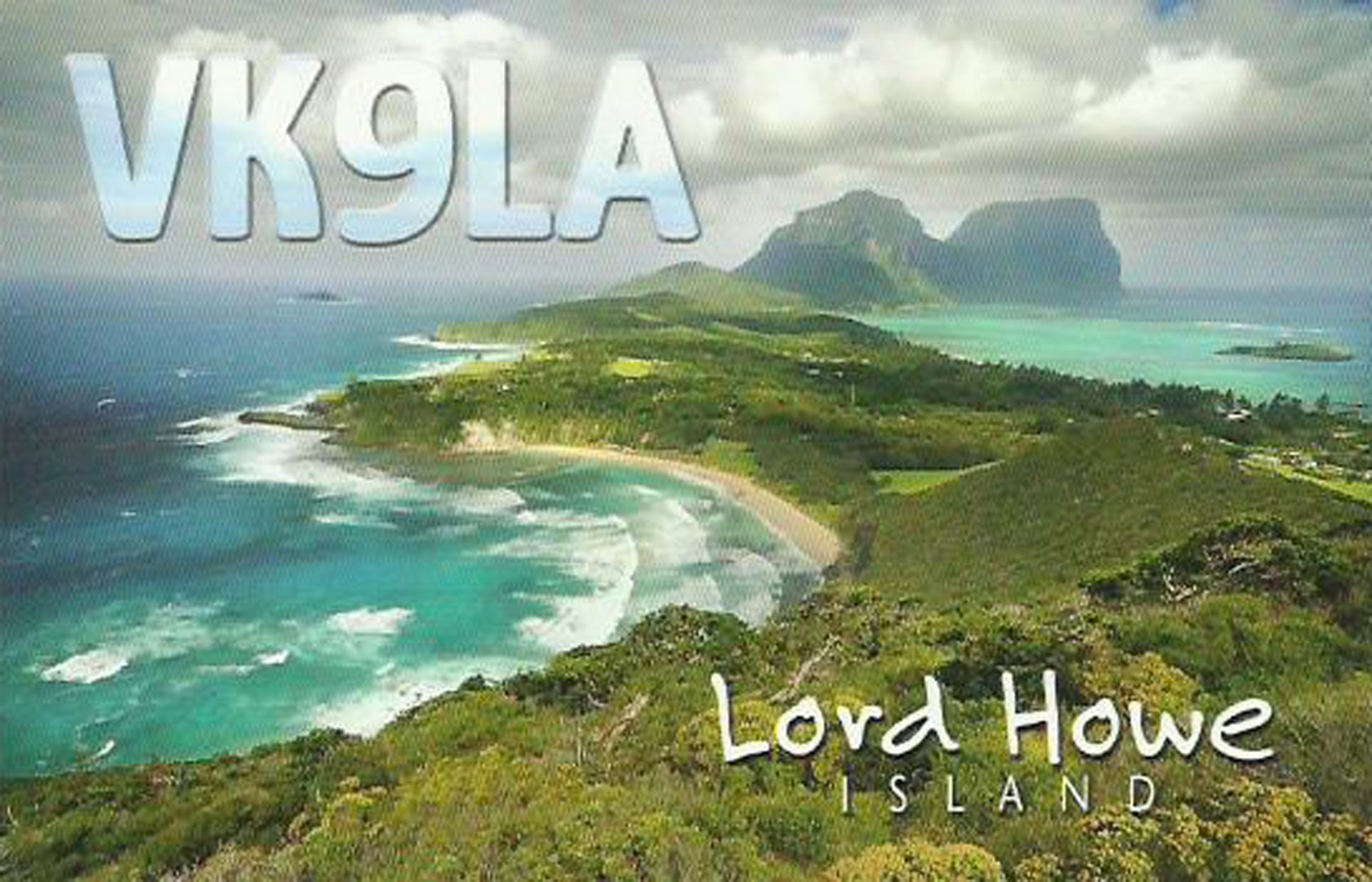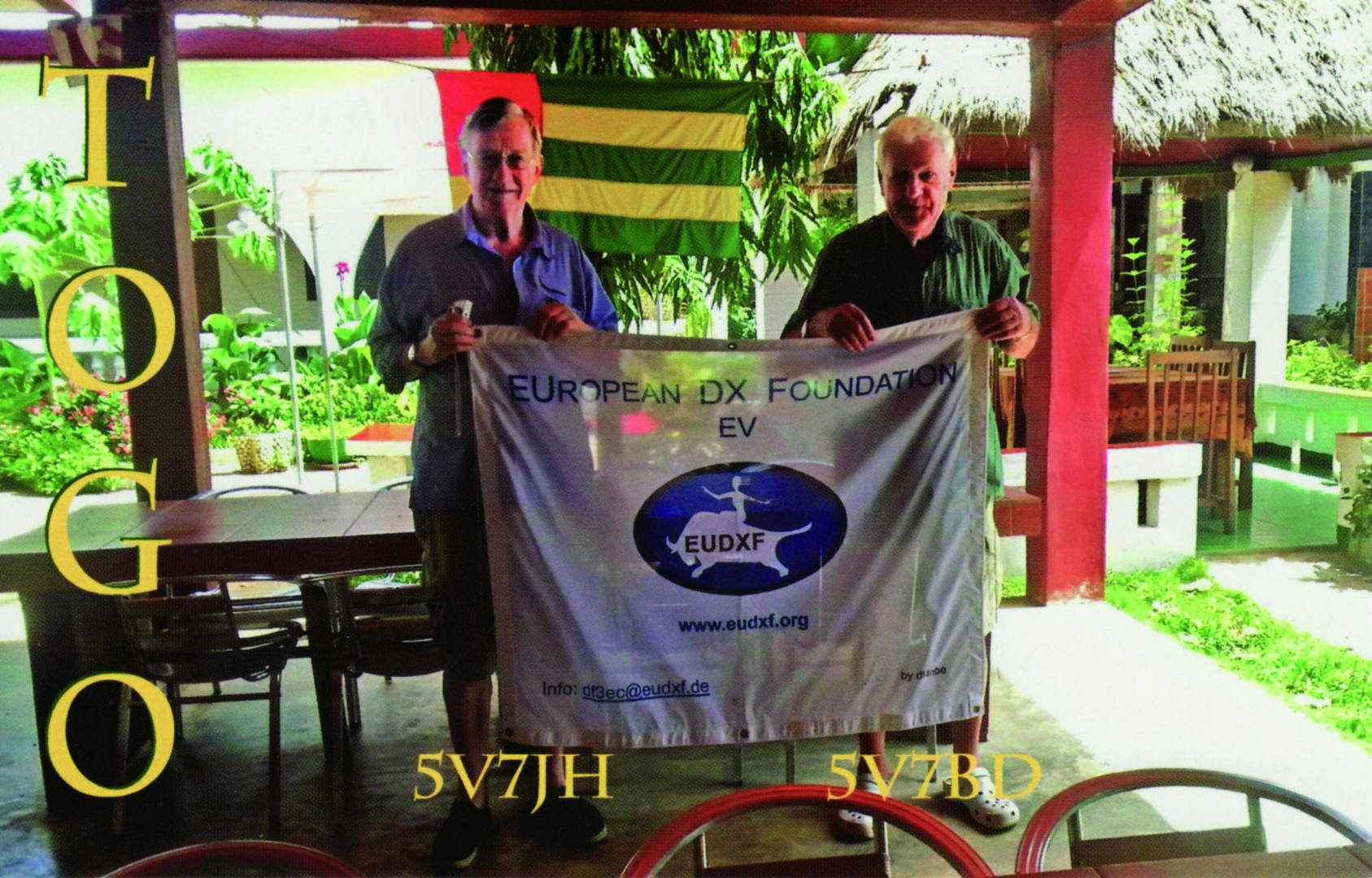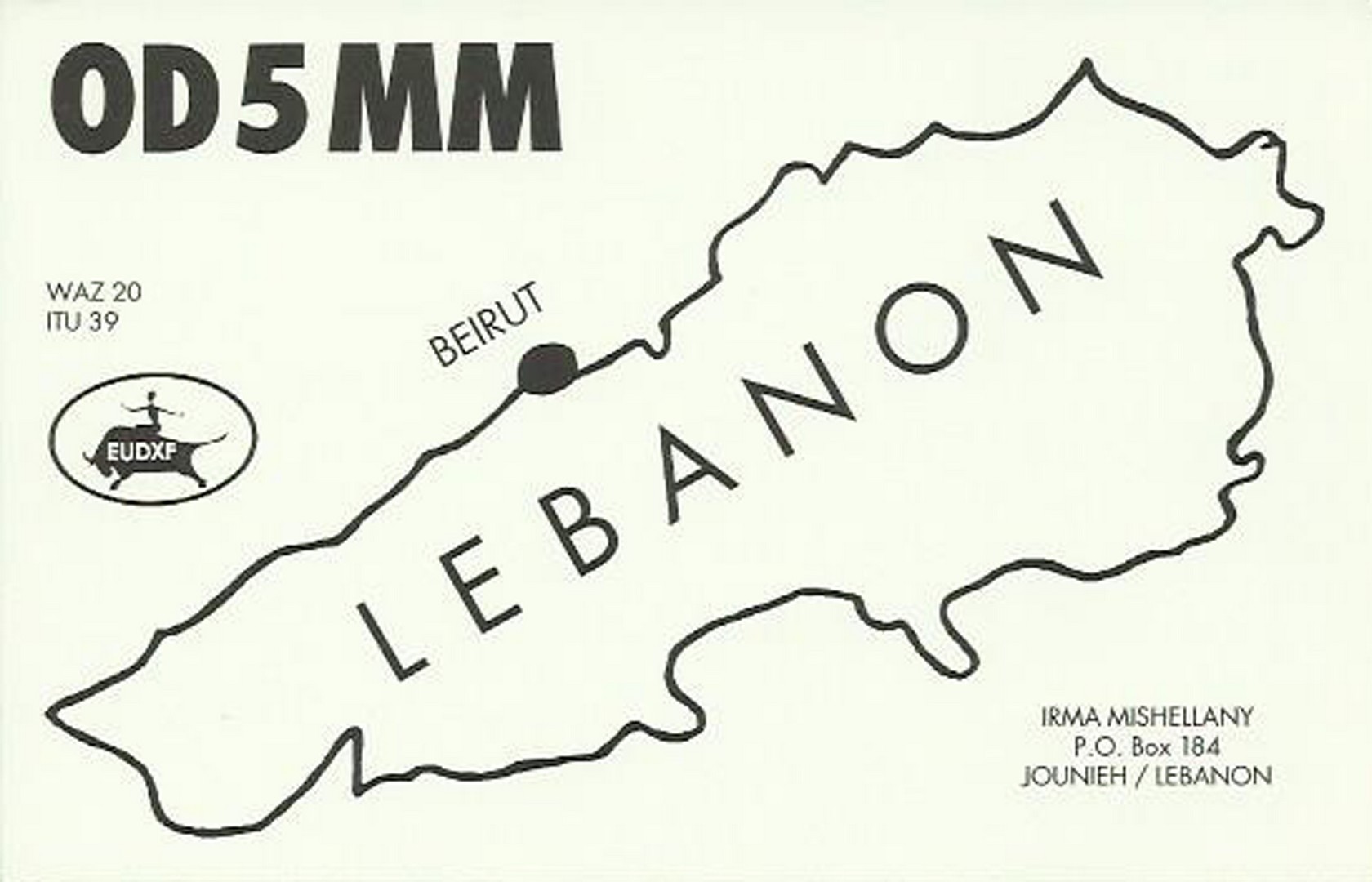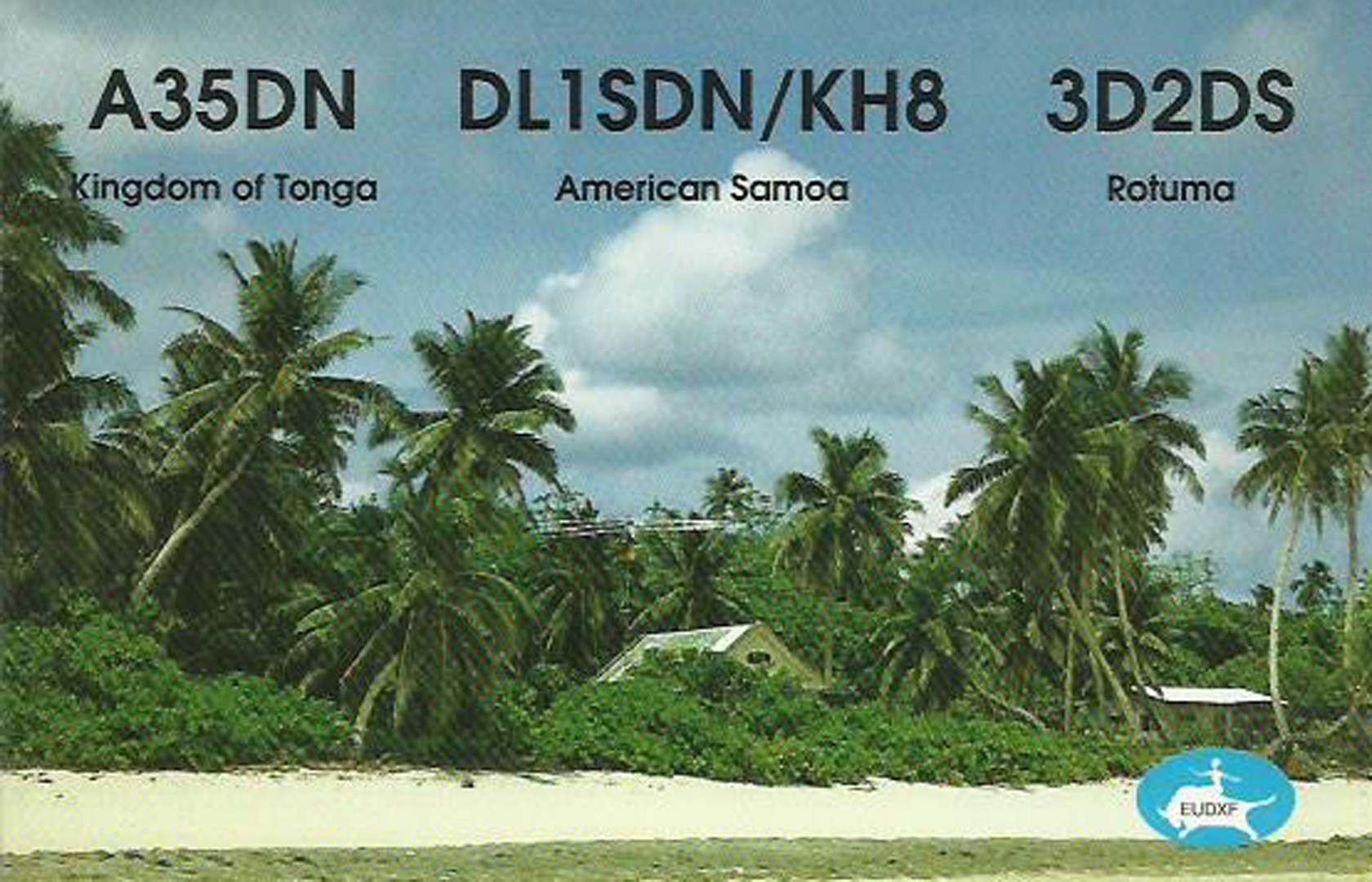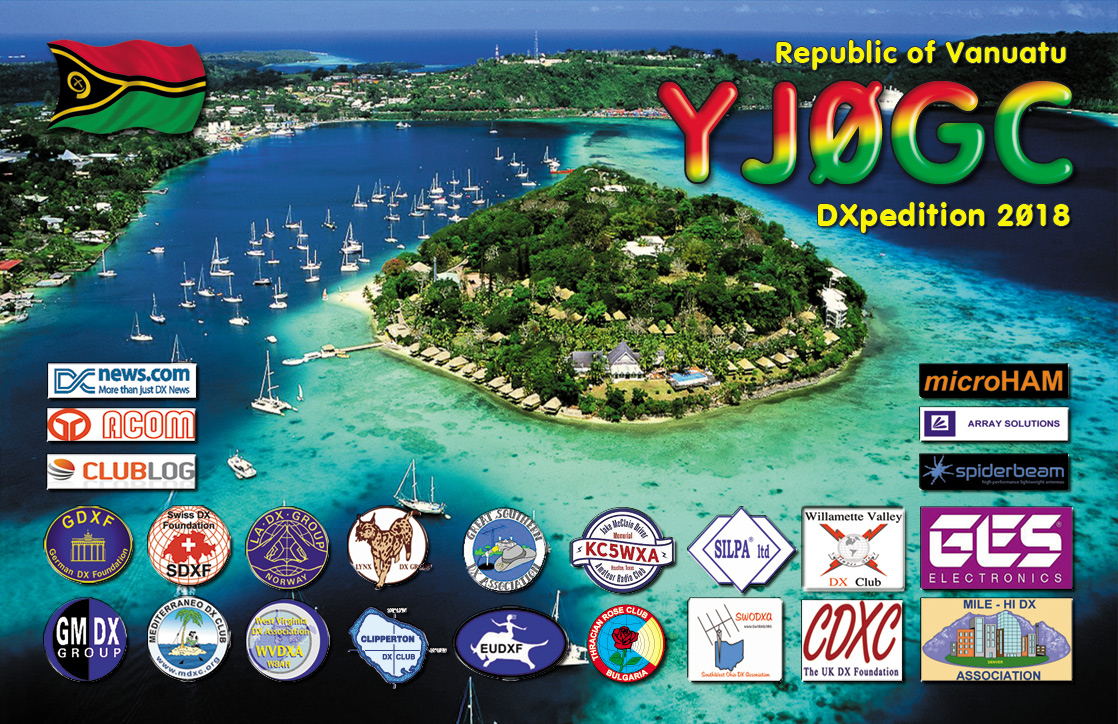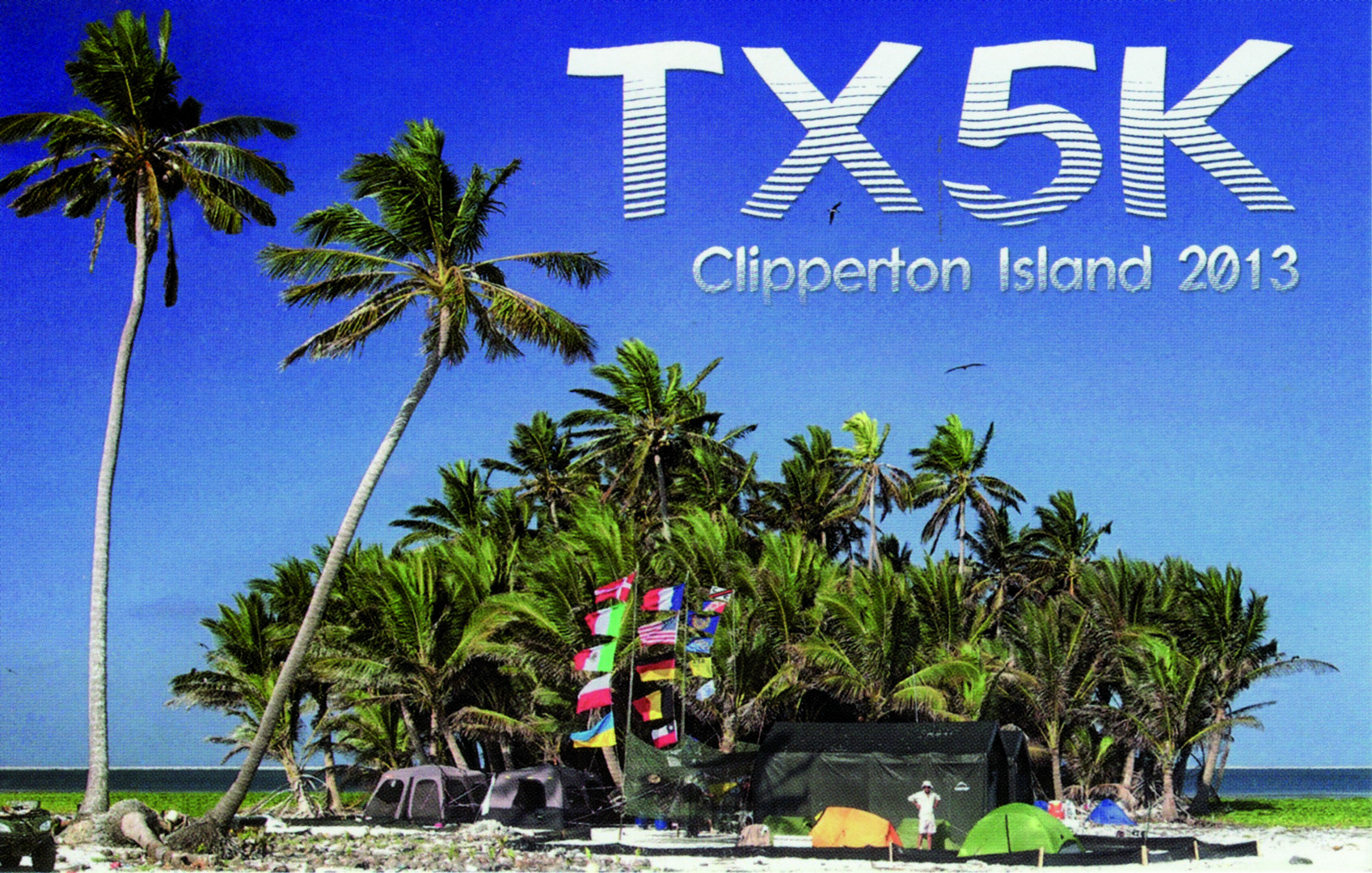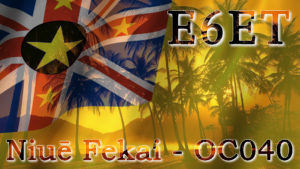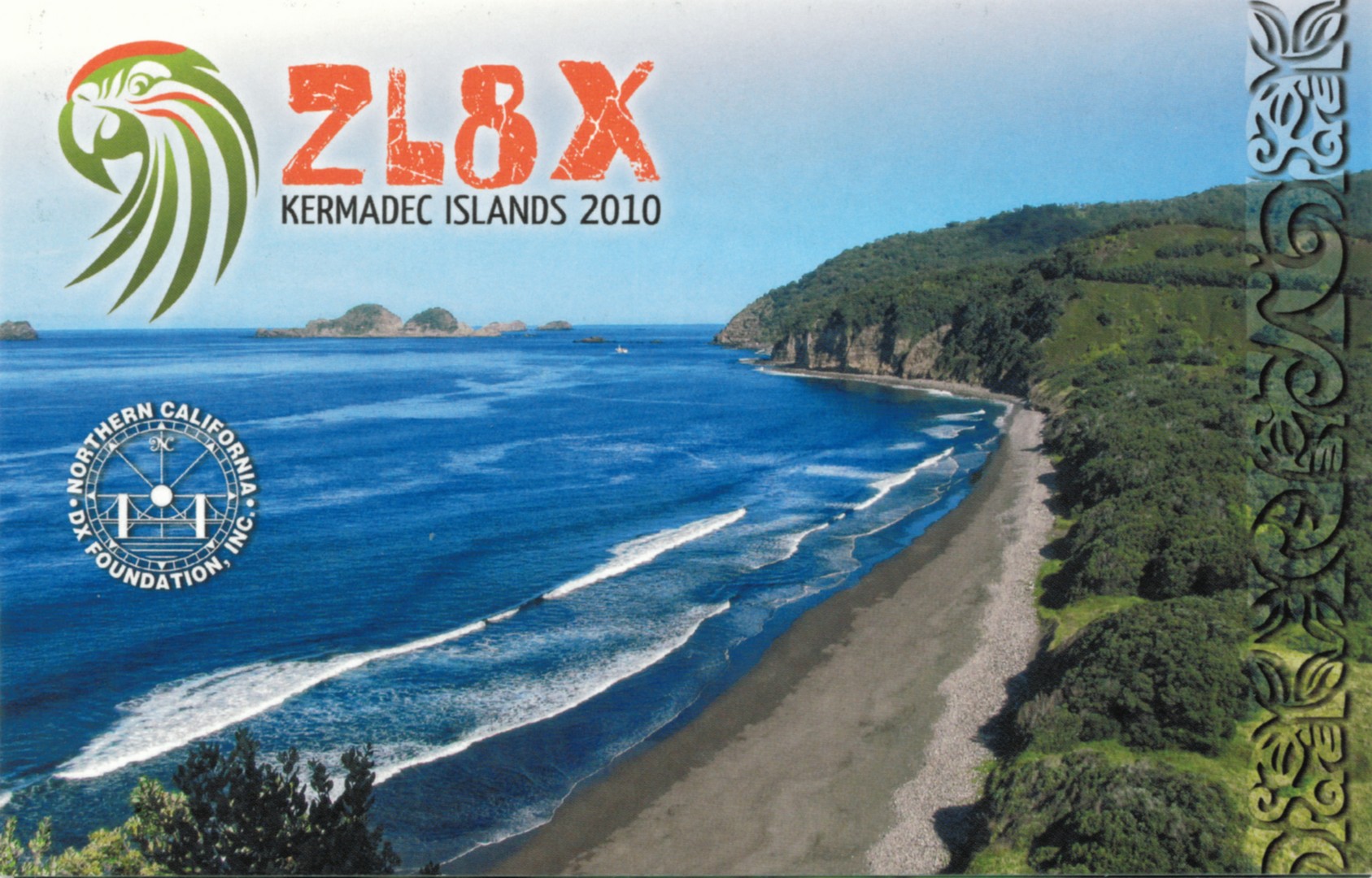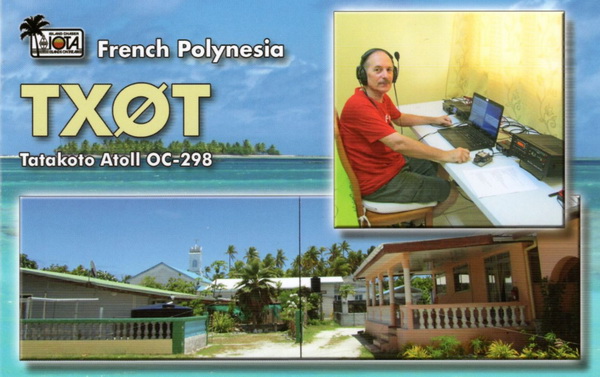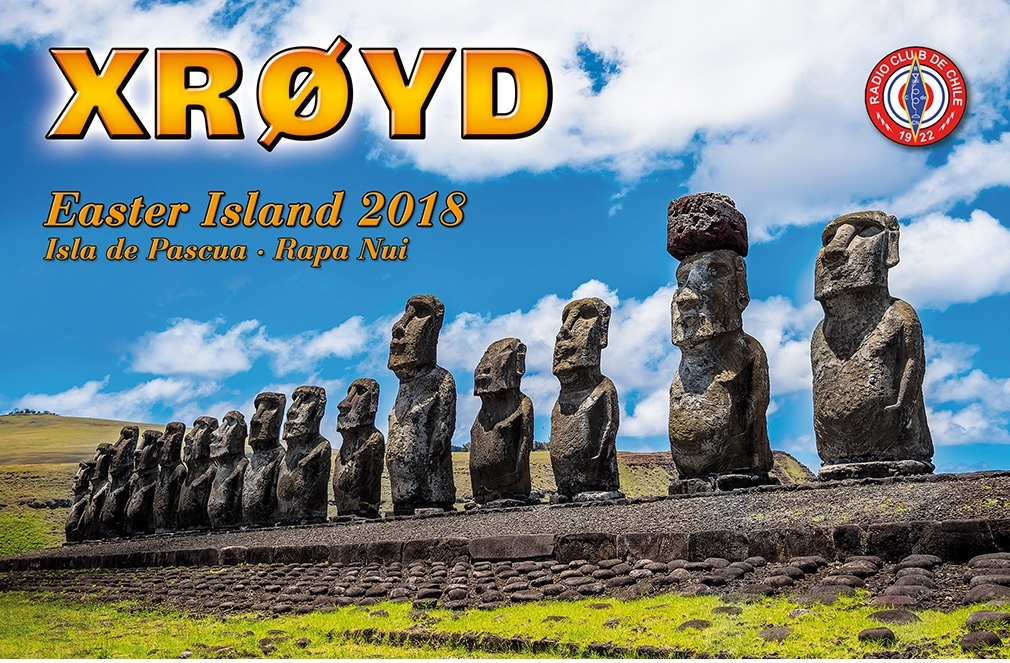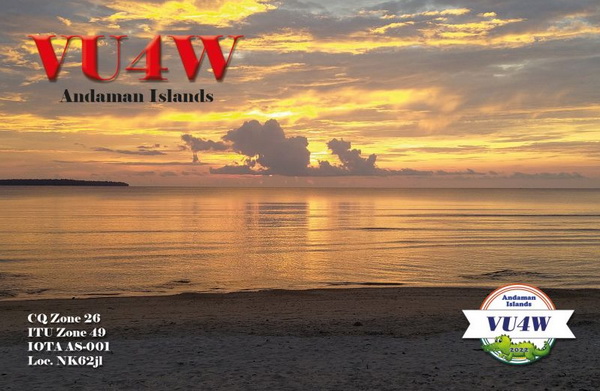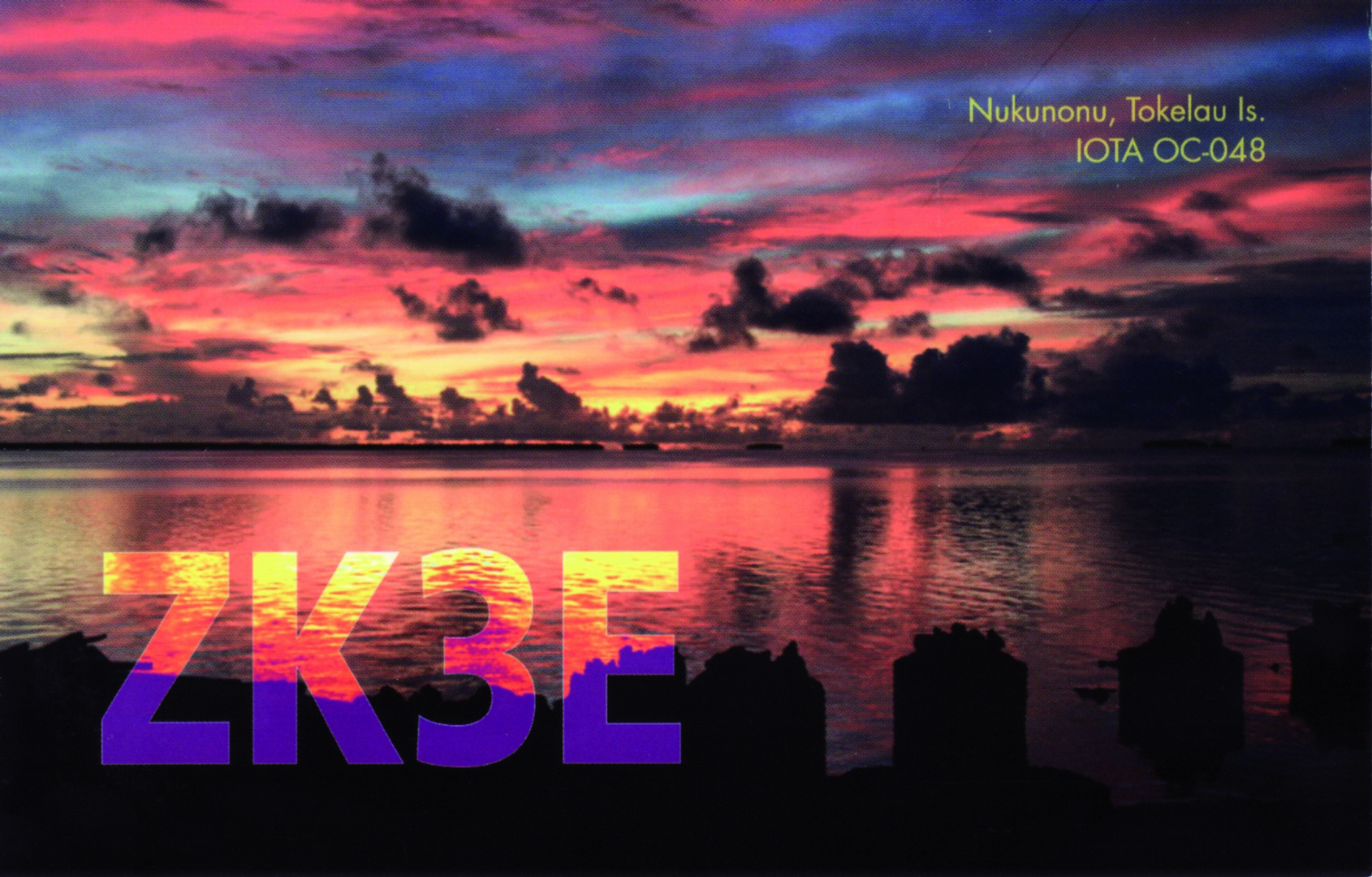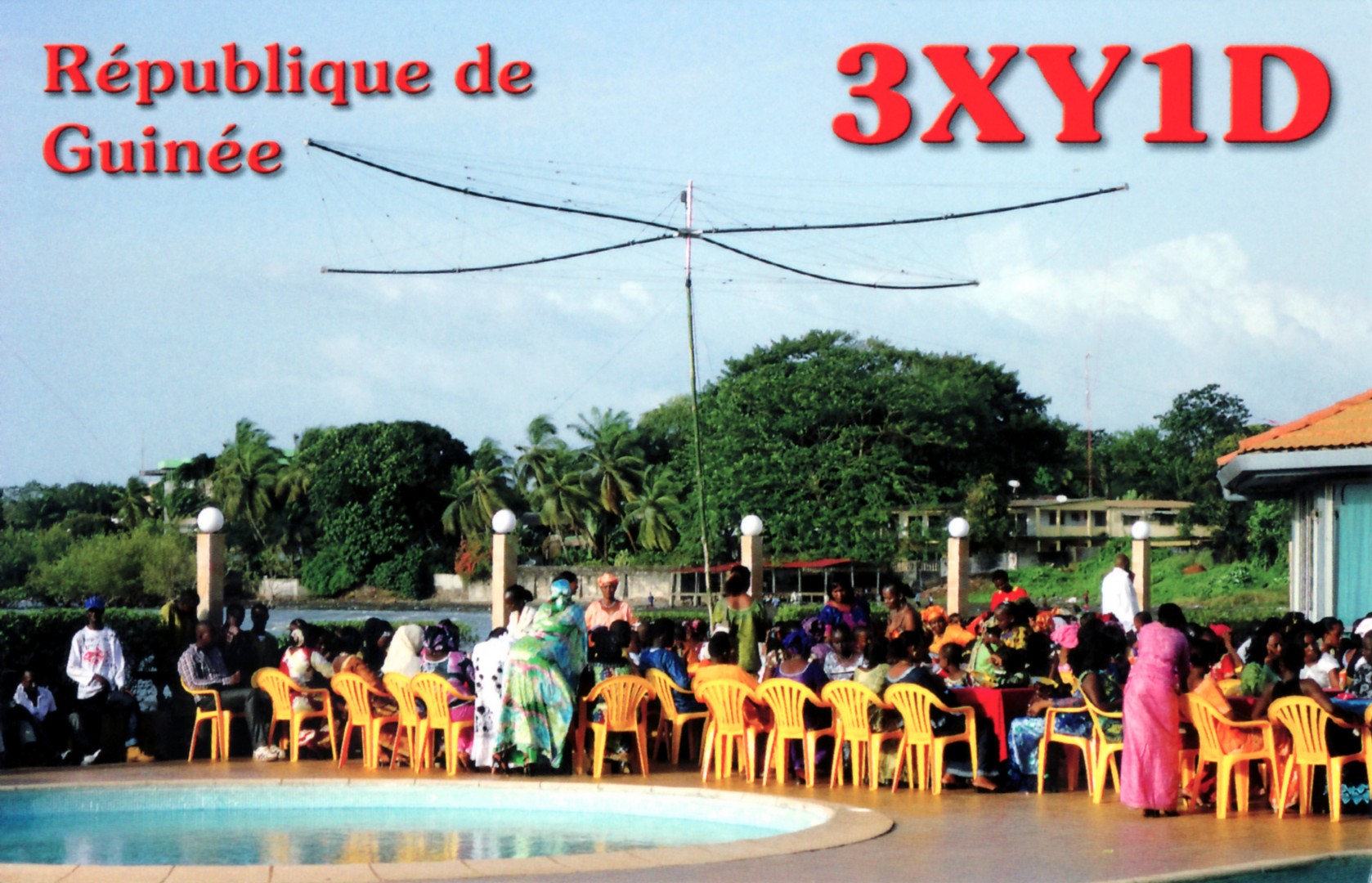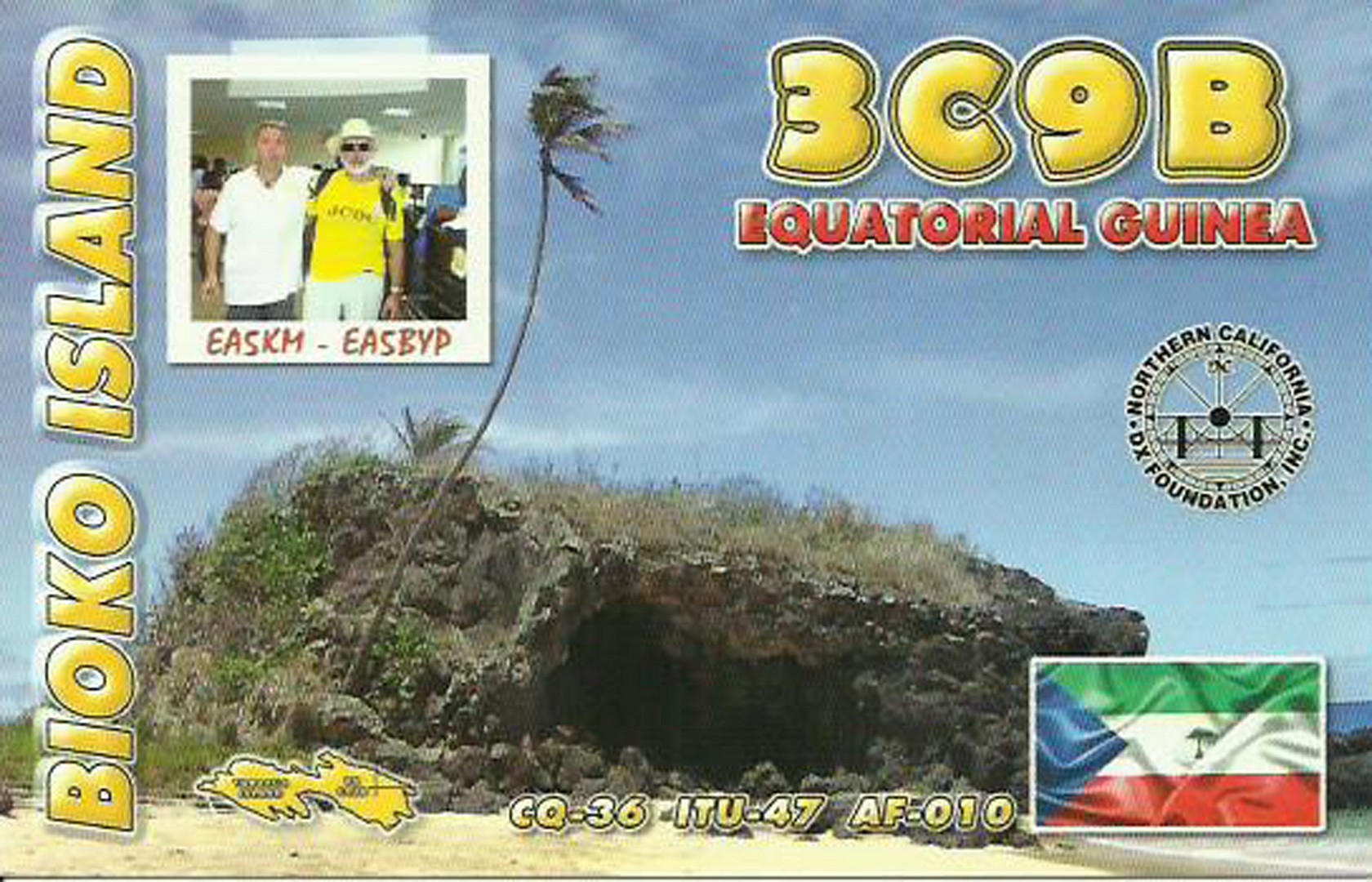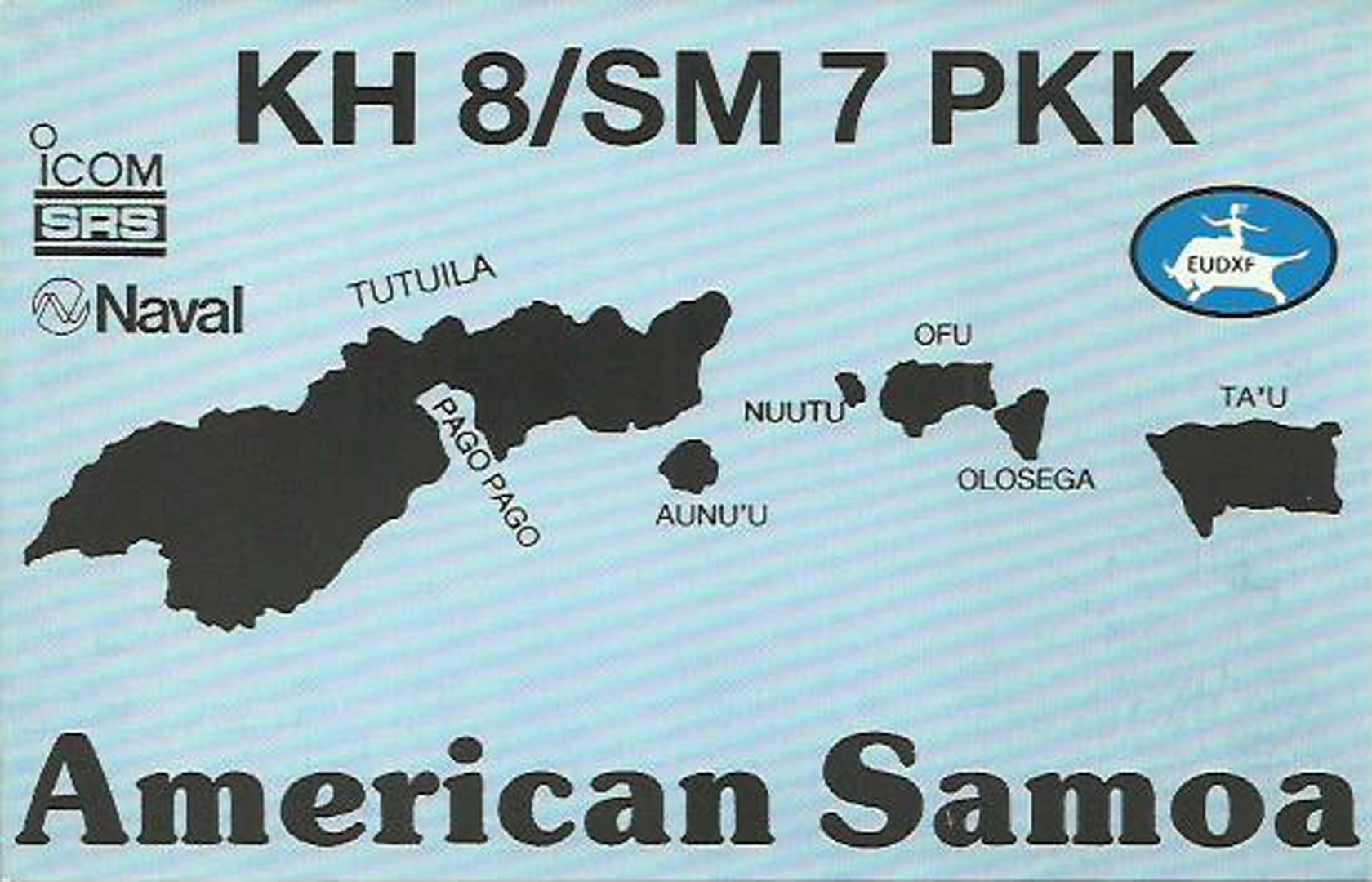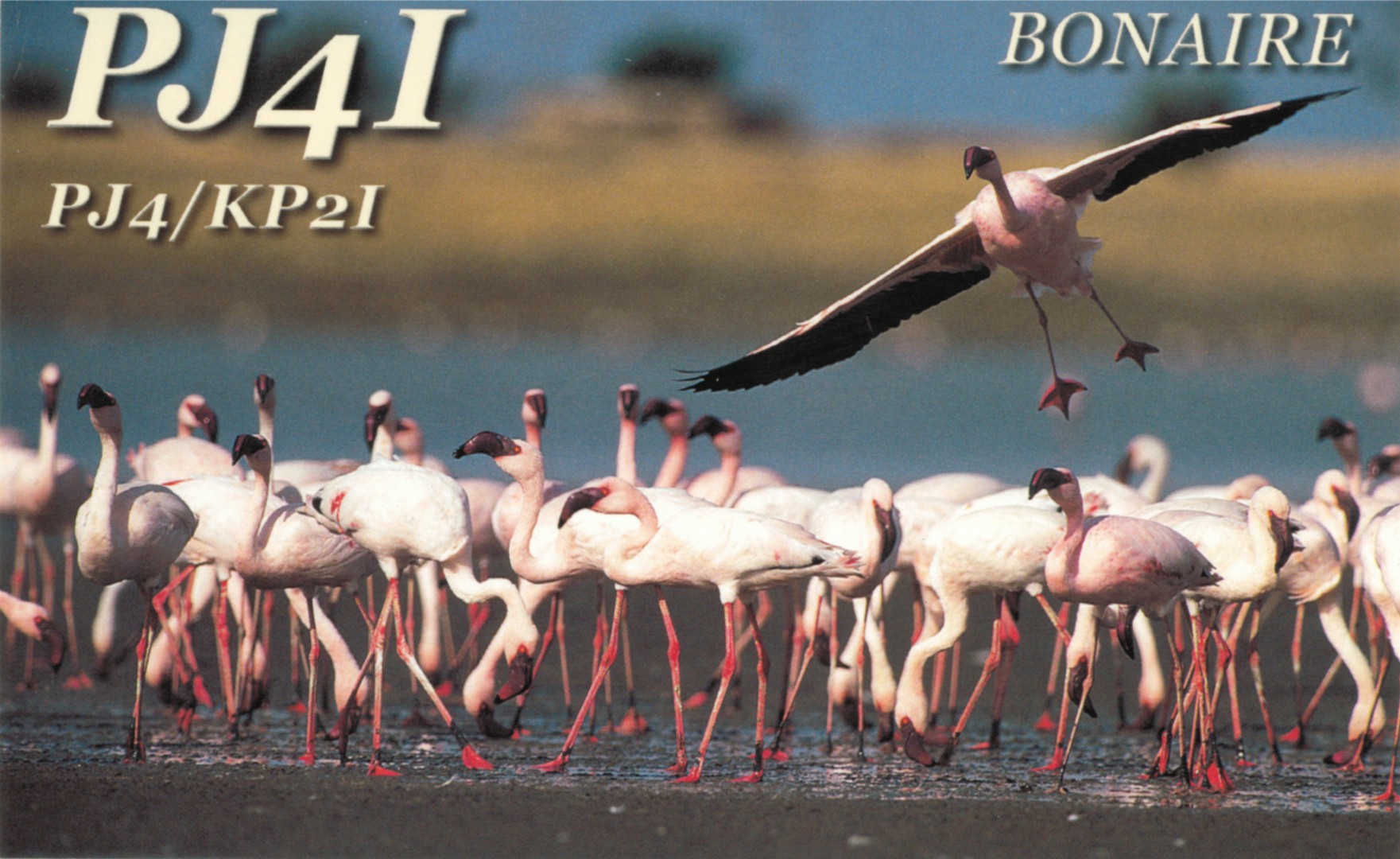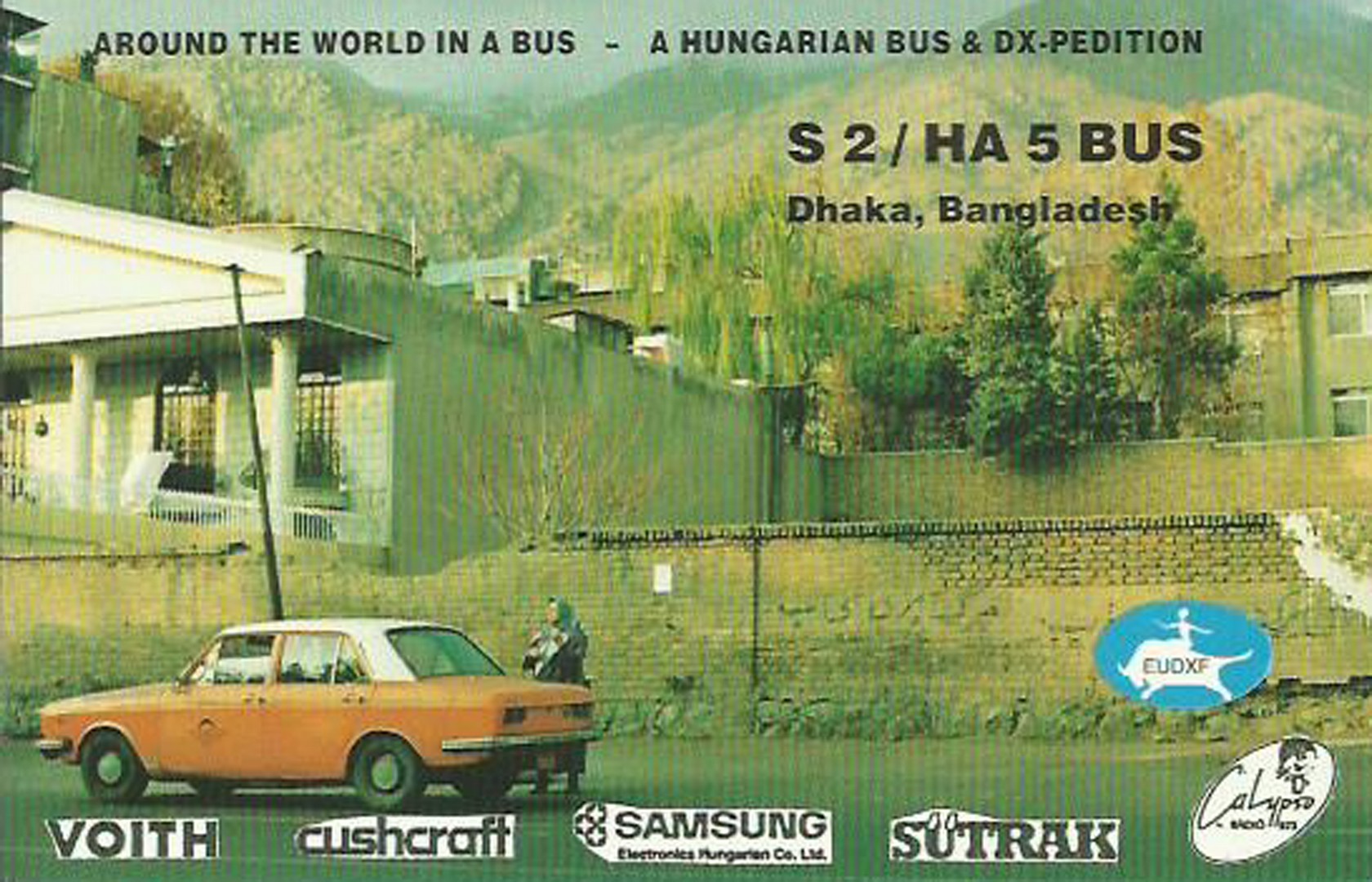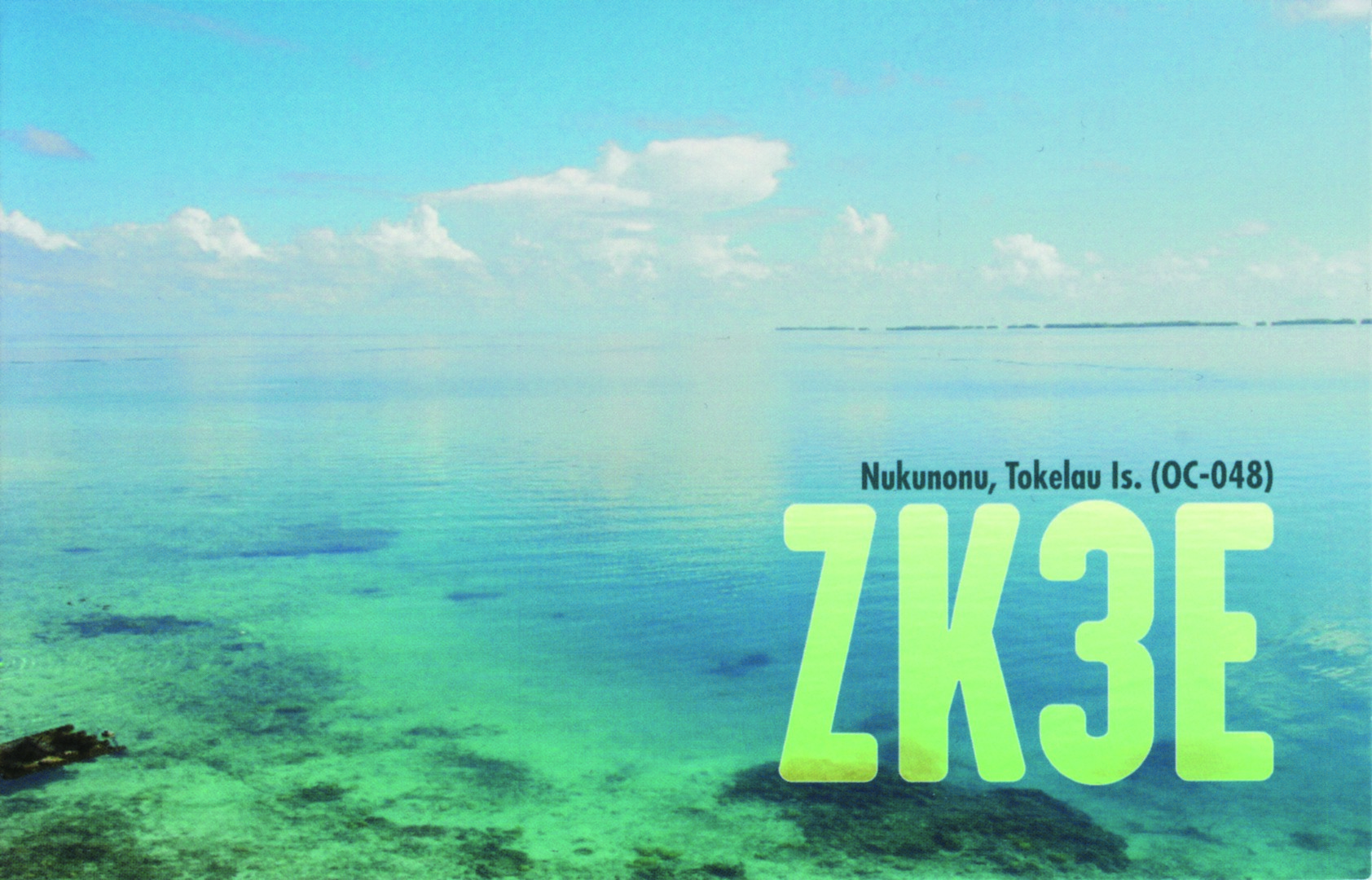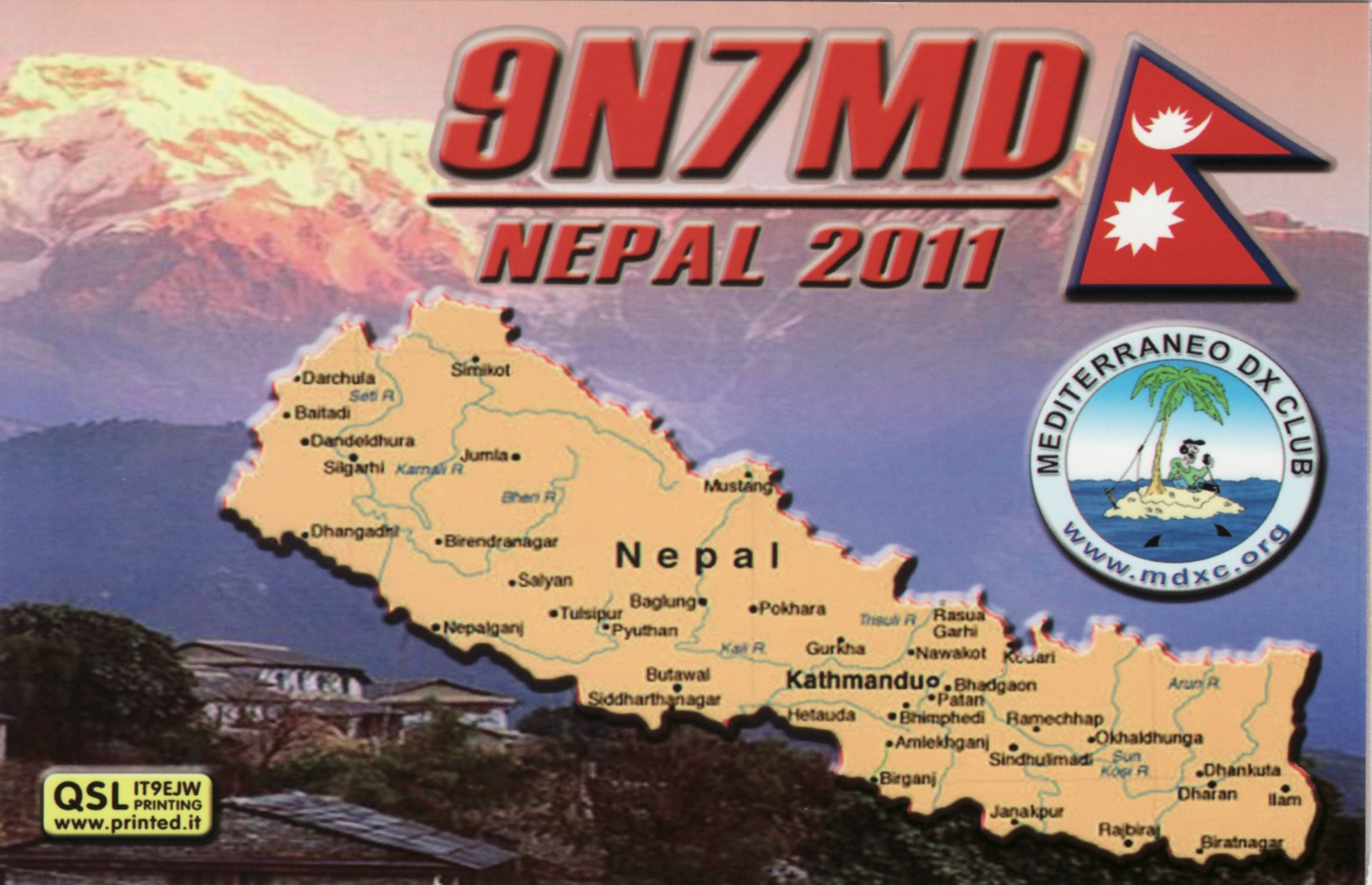Home » DX Reports » 2015
Category Archives: 2015
VK9WA – Willis Island – November 2015

 Imagine the feeling of having worked for 10 months planning a DXpedition, with charter boat arranged, and half the expedition team formed, only to see it cancelled two weeks prior to announcing it to the world? This is the start of the VK9WA story! We were days away from announcing a DXpedition to a top 25 location, but were beaten to the press by another team. Needless to say, we were very disappointed after having worked so hard putting the plans in place.
Imagine the feeling of having worked for 10 months planning a DXpedition, with charter boat arranged, and half the expedition team formed, only to see it cancelled two weeks prior to announcing it to the world? This is the start of the VK9WA story! We were days away from announcing a DXpedition to a top 25 location, but were beaten to the press by another team. Needless to say, we were very disappointed after having worked so hard putting the plans in place.
We gave Bernie (W3UR) a call, asking for his advice on how best to proceed given what had just unfolded. Bernie’s words were, in effect, “The world is a big place, with so many other locations needing to be activated! Here are a few places that come to mind…”.
Armed with Bernie’s words of wisdom and encouragement, team leaders Rob (N7QT) and Jared (N7SMI) quickly refocused on Willis Island. It was #32 on the Club Log most wanted entities list at the time and had not had a significant activation since 2008. Once we were confident that landing rights and call sign could be obtained, we announced to the world that we would be activating VK9/W and formed the rest of the team – Sandro (VE7NY), Adam (K7EDX), Hawk (SM5AQD), Gus (SM3SGP), Allan (VE7SZ), and Hal (W8HC).
Expedition goals
Important expedition goals included:
- Provide all time new ones (ATNOs) to as many stations as possible. By focusing on fewer band slots/modes during the expedition we would increase the percentage of “unique” stations worked.
- Provide QSO percentage equity between the big three – Asia, Europe, and North America, while also providing opportunity to other regions, such as Oceania, Africa, and South America.
- Minimize expenses to under $1 per contact. It was a very strong belief among the team that “We can do more for less.”
Middle Cay
DXCC entity Willis Island is comprised of 3 small coral islands or cays.
The Willis Islets are located 450 km off the East coast of Australia beyond the Great Barrier Reef in the Coral Sea. The islets are home to millions of sea birds, turtles, crabs, eels,
and other animals. They are part of the Coral Sea Commonwealth Marine Reserve due to their unique physical, ecological, and heritage values. Access is provided only via boat under a government issued permit.
The largest island, Willis Island, is home to a meteorological station that is manned by 3 weather observers. While Willis Island is the easiest to land on, we quickly learned that additional permissions would be required to operate from this island, so we set our sights on Middle Cay, the smallest of the islets—only 4 acres in size and extending just 3 meters above sea level. Middle Cay had been activated before and had a less difficult approach and landing than North Cay.

Station equipment
With 8 team members, we decided to have four stations on the air. Each was designed to have nearly identical equipment and support for all modes – CW, SSB, and RTTY. This enabled any team member to operate at any station with minimal adjustments and configuration.
Our station equipment consisted of:
- Radios – Elecraft K3S transceivers
- Amplifiers – 2 X Expert 1.3 KW and 2 X Elecraft KPA500
- SteppIR – 4 X CrankIR (10 m-80 m) verticals, 1 X modified 60’ CrankIR (80 m/160 m) vertical, and 1 X SteppIR 2 element beam
- RTTY/CW – W3YY interface
- 80 m/160 m RX antenna – TX3A DHDL
- CW keyer – K1EL Winkeyer USB
- Panadapter – LP-PAN SDR with Xonar external sound card (used for CW Skimmer)
- Filters – Array Solutions single-band pass filters
- Headphones – RadioSport RS60CF
To minimize costs, we primarily used personal equipment of individual team members located all over the world. Because the team would be meeting for the first time in Cairns, Australia just 2 days prior to vessel departure it was imperative that the equipment list be accurate. With limited luggage allowance, duplication/ redundancy of equipment was limited to only the most critical items.
Planning
Once we determined the government agency responsible for issuing landing rights, we applied for permission to land and operate on Middle Cay. The permit was issued roughly 30 days later. It required that we minimize environmental impact on the island. The call sign application was straightforward, though it took roughly 4 months for the VK9WA call to be issued due to technical and bureaucratic delays in the Australian licensing system.
At the recommendation of our Parks Australia contact, we selected Bianca Charters (biancacharters.com) based out of Port Douglas to provide transportation to/from Middle Cay. Captain Peter Sayre knows the Coral Sea better than perhaps any man alive.
The equipment list was continually refined up to the day we departed for Middle Cay. This was going to be the team’s first expedition to an uninhabited island. It was difficult to determine what was going to be needed considering mostly unknown weather conditions, sand/soil type, island layout, etc. Based on data from the nearby weather monitoring station, we did, however, know that it was going to be hot with high temperatures around 90°F (32°C) and windy at all times, with the possibility of gusts of at least 40-45 knots and a chance of significant rain. Gene (K5GS), who participated in the TX3X DXpedition to Chesterfield Island, provided helpful recommendations on what to expect.
Armed with this knowledge, we selected canvas spring-bar tents reinforced with steel supports and plywood tent flooring – 3 tents for operating and 1 “rest” tent. We took ample sandbags and plenty of metal anchors/stakes between 3 and 6 feet long.
Station power was supplied by 4 Honda EU20i (220 V version of the EU2000 model) generators. The selection of the Honda generators was easy based on their reliability and being RF quiet. We also purchased external fuel tanks allowing extended running time and refueling without the need to shut down operations.
To provide constant feedback to the community and minimize duplicate QSOs, we chose to regularly update Club Log during the expedition. This required a wireless network on the island,allowing all stations to sync to a master N1MM+ database. To limit the amount of satellite internet/data traffic, a $30 Raspberry Pi computer with custom-built software was used to manually initiate log uploads every few hours via an iSatHub satellite phone. Michael (G7VJR) was instrumental in adding Club Log functionality to support uploading of compressed ADIF log files, further reducing our satellite data charges. In the end, the total data usage for incremental log uploads and daily e-mail communications with pilots and family members was only 15 MB at a cost of just $71! A Delorme inReach device was also taken to allow satellite text message communication with pilots and family members, and to allow them to track our location on the voyage.
 Execution time
Execution time
The only equipment shipped to Australia ahead of time was 1300’ of coax. Local purchases in Cairns included generators, plywood, tents, long stakes, rope, sunscreen, fans, chairs, etc. Everyone pitched in to complete the equipment purchases and stage the equipment at the home of Paul (VK4APN). We can’t reiterate enough the importance of staging equipment prior to departure, as well as having a local contact who is familiar with the operating
environment. Paul was instrumental in pointing out shortcomings in our original planning. For example, we discovered that in Australia high
amperage (15 amps and higher) electrical plugs are physically different than lower amperage plugs. Paul saved us from a significant problem by pointing out that the extension cords we had originally purchased would not plug into the generators! Paul also deemed that our baseball caps would be insufficient to protect us from the sun. Locally purchased $5 sun hats proved to be a very welcome last-minute addition to our cargo.
A week prior to our departure Bianca Charters advised us that our departure point had to be changed from Cairns to Port Douglas – a one-hour drive North of Cairns. This required some quick adjustments to our original plans. The morning of departure a moving truck arrived at Paul’s home to transport our gear. The gear barely fit in the large truck. The team boarded a charter bus with a few of our remaining supplies and headed up the coast to Port Douglas.
We were all ready and excited for this adventure to really begin, yet anxious about the unknowns. Would all of our gear fit into the vessel? How would we fare over the 30-hour boat ride? Did we forget or overlook anything? Had we planned on enough fuel for the generators? Would everyone remain healthy and safe? The list of unknowns was ex tensive, yet we had confidence in our planning.
Departure
 The team arrived in Port Douglas around 16:00 as MV Phoenix was being fueled for the trip. The Phoenix is a 65’ diesel-powered, aluminum-hulled vessel. It can accommodate up to 12 passengers, plus 4 crew. We were thrilled to find the captain and crew extremely competent and helpful – the operation truly would not have been a success without them!
The team arrived in Port Douglas around 16:00 as MV Phoenix was being fueled for the trip. The Phoenix is a 65’ diesel-powered, aluminum-hulled vessel. It can accommodate up to 12 passengers, plus 4 crew. We were thrilled to find the captain and crew extremely competent and helpful – the operation truly would not have been a success without them!
After loading the Phoenix and a final supper in Port Douglas, and e-mails and calls to home, we departed for Middle Cay around 10 PM. The late departure would ensure an early morning arrival at Middle Cay.
 The 30-hour voyage to the Willis Islets was rough with large swells, with only a couple team members becoming seasick. Early Saturday we awoke to a sunny morning, greeted by numerous seagulls and boobies gliding in the wind along the Phoenix. We could see the silhouette of nearby Middle Cay on the horizon.
The 30-hour voyage to the Willis Islets was rough with large swells, with only a couple team members becoming seasick. Early Saturday we awoke to a sunny morning, greeted by numerous seagulls and boobies gliding in the wind along the Phoenix. We could see the silhouette of nearby Middle Cay on the horizon.
Arriving at Middle Cay was exhilarating to say the least. It’s likely that more people have been in space than have set foot on Middle Cay. We had examined a few old photos of the island and talked to some of the very few people to have landed there, but to actually be there brought relief after months of intense planning.
The Phoenix navigated the dangerous coral reef heads surrounding the island and anchored about ¼ mile offshore. Upon landing, a position on the North shore 500 feet from the landing site, was found to be optimal – not only for propagation to the North, but the steep slope of the shore would minimize impact on nesting turtles. Making 20 trips in the small dinghy and carrying 2 tons of gear over the difficult 500-foot expanse of sand was difficult. The soft white sand added to the sun’s intensity. Despite several applications of SPF 50 sunscreen, several team members found themselves sunburned on the first day.
It took almost 10 hours to get tents, antennas, stations, and generators setup. Just before dusk on Saturday, November 14th, with all 4 stations operational, we were finally ready to call “CQ CQ VK9WA”.
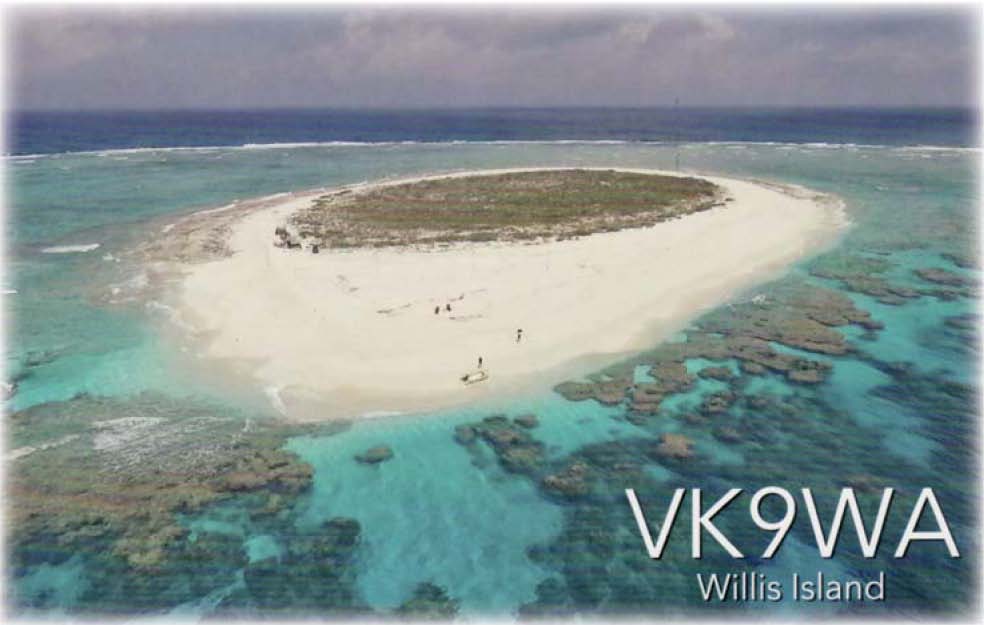 On the air
On the air
The initial pileups were large and intense – and they let up only little over the course of the next 10 days. While propagation numbers and forecasts weren’t great, it was astonishing that we were hearing and being heard so well.
All team members were scheduled for up to 10 hours of operating per day, with longer rest periods every few days. For the first 3 days, the entire team took a lunch break on the vessel from noon to 2 PM local time – when propagation was the weakest. We used this opportunity to debrief and refocus the team, discuss strategy (what was working and what wasn’t), coordinate band and operating schedules, service and repair generators and antennas, shower, as well as get some much needed rest. The vessel crew delivered breakfast and dinner to the island so the team could continue operating during the critical gray line openings. We ate very well.
Our pilots provided valuable feedback and recommendations. They apprised us of critical band openings, times in which we should focus on specific regions to maximize opportunity and geographic equity between EU, Asia, and NA, and also helped us provide opportunity for SA, AF, and OC stations.
The first few days were extremely long and hard given the high humidity, and an extremely intense sun, with the air filled with the thick smell of guano from the many thousands of sea birds whose home we had entered. The bird noise was constant 24 hours and so very loud. Evening temperatures of around 80 °F, combined with a constant SE wind, made it comfortable.
 However, after a few days of nice weather, conditions worsened. The wind increased to over 30 knots and it rained intermittently. Due to the very strong surf, it became too dangerous to land the dinghy on the island. For nearly 4 days the team remained on the island without showers or our planned overnight rest periods on the vessel. One of the Phoenix crew members would swim from 50 yards off-shore towing coolers full of hot meals and fresh water twice daily. Despite uncomfortable conditions on the island, the team remained in good spirits and increased our operating time and efforts.
However, after a few days of nice weather, conditions worsened. The wind increased to over 30 knots and it rained intermittently. Due to the very strong surf, it became too dangerous to land the dinghy on the island. For nearly 4 days the team remained on the island without showers or our planned overnight rest periods on the vessel. One of the Phoenix crew members would swim from 50 yards off-shore towing coolers full of hot meals and fresh water twice daily. Despite uncomfortable conditions on the island, the team remained in good spirits and increased our operating time and efforts.
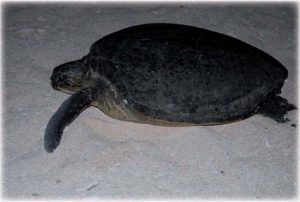
The high winds and the blowing salt water mist were very problematic during this time of poor weather. Salt water found its way onto and into everything. This required some adjustments and repairs to antennas and tents. Significant and fast-spreading corrosion affected everything that could corrode. Our brand new generators which ran in an enclosed wooden structure suffered a large amount of internal corrosion after only 10 days of operating. Upon our return, a majority of our radios and antennas had to be serviced, cleaned, and then treated with DeOxit due to corrosion.
For the last 2 days of the DXpedition, the weather significantly improved. At 19:00 UTC on November 23, 2015, VK9WA went QRT with 61,738 QSOs in the log. It took many hours to disassemble and transport our gear and equipment back to the vessel. Then we were on our way back to Port Douglas and our homes around the world.

We truly cherished our time on little Middle Cay. The thousands of sea birds, spectacular sunrises and sunsets, walks around the island (it only took 10 minutes), millions of crabs, and gigantic sea turtles provided lifetime memories. Despite long days and difficult conditions, the VK9WA team got along spectacularly and we all had an incredibly fun time.
We invite all to check out the drone footage video of our camp and beautiful Middle Cay at VK9WA.com.
Operator behavior and recommendations
Martti Laine (OH2BH) and Wayne Mills (N7NG) had provided the VK9WA team a preliminary version of their paper The DX Chase: It Takes Two to Tango. This paper and their recommendations helped us strategize operating procedures to minimize QRM and frustration in the pileups. We thank Martti and Wayne for their advice, and we recommend that all DXers read their paper.
We had only minimal problems with deliberate QRM, stations calling out of turn, or stations in one region preventing us from working other regions. We would like to commend the overall amateur radio community for working together to make this happen. Thank you!
Special commendations are due to the Japanese radio operators for standing by – often for very long periods – while we worked openings into other parts of the world. We could work Japan at almost any time of the day.
The VK9WA team expresses our appreciation to JA DXers for being extremely considerate and patient!
Many operators in the SSB pileups had significantly too high microphone gain and/or compression levels. Many pileup stations were unintelligible and made it difficult to work others in the vicinity of their TX frequency. We stress the importance of listening to your on-air audio.
We found that many stations would repeat their own call sign after we called them, even though there was no doubt that we had called them. These repeats often caused us to question whether we had initially logged them correctly – resulting in unnecessary repeats and confirmations. If you hear the DXpedition station correctly give your call sign, do not repeat
it – give only a signal report in reply.
With the prevalence of panadapters and skimmer software, we found that numerous stations would call at the exact same location as the last station logged. Because of this, we rarely would work more than one or two stations before moving our RX location. Unless you have a very loud station, moving just above or below the last station will likely get you in the log faster. All team members operated in fairly regular patterns. Listening and then strategizing your location in the pileup is much more effective than calling blindly or jumping on the frequency of the last station logged.
While operating RTTY, we would fre-quently find stations tail-ending or transmitting on top of the station we were trying to work, thereby preventing the called station from completing his or her exchange.
Overall we had very little to complain about, so thank you all.

Band Selection
Band selection was fairly straightforward by simply following the sun’s gray line. At sunrise, we would place several stations on the upper bands and primarily call for NA/SA. As the morning progressed we would see the NA stations falling off from East to West, then would call Asia/Oceania through the afternoon, at which point Asiatic Russia, India, and China stations and then Europe would start to come through as daylight progressed West across the globe. We found that the upper bands would often stay open well past our sunset allowing us to work Europe even though we were in complete darkness.
At dusk we would leave one or two of the stations working Europeans on the upper bands, and move the remaining stations to the lower bands and work NA/SA to AS/OC to EU/AF throughout the night. This cycle was generally repeated for the duration of our expedition, allowing amateur radio operators around the world the ability to know when and where to expect we would be calling into their region.
We were all surprised that 20 meters was completely dead at our sunrise for several hours. This was counter to our experience with and expectations for 20 meters. Because of the incredible high band openings, we had great success on these bands. 12 meters was our most successful band with 11405 QSOs.
QSO Data
We made efforts to provide QSO equity to major geographic areas. VK9WA ended with the following continent


Financials
A primary goal was to minimize DXpedition costs. Excluding airfare and hotel costs (each team member fully paid for their own transportation to/from and hotel in Australia) and post-operation QSL costs, our total expenses were less than $1 per QSO! This is nearly unheard of for a DXpedition of this scope and size to an uninhabited island. With the charter vessel comprising 70 % of our total expense, we’re thrilled to have put on a highly successful DXpedition at minimal cost.
We express special appreciation to our sponsors and the many who have donated to support the VK9WA operation. We are especially grateful to the Northern California DX Foundation, INDEXA, and the German DX Foundation for their primary sponsorships. Other sponsors were SteppIR, Elecraft, The UK DX Foundation, West Virginia DX Association, SouthWest Ohio DX Association, Mississippi DX/ Contest Club, Swiss DX Foundation, DXNews.com, Bridgerland Amateur Radio Club, Western Washington DX Club, Utah DX Association, HB9ON Radio Club, LA DX Group, European DX Foundation, RadioSport, Southeastern DX Club, Array Solutions, Mediterraneo DX Club, Orca DX and Contest Club, Lone Star DX Association, The Carolina DX Association, Clipperton DX Club, GMDX Group, Telepost Inc., Expert Linears America, DX Engineering, KF7P Metalwerks, The RF Connection, North Alabama DX Club, Danish DX Group, Willamette Valley DX Club, Spokane DX Association, DX University, Madison DX Club, Arkansas DX Association, RF Solutions, Mile-Hi DX Association, and Club Log.
In conclusion

We’d like to thank our pilots Mike (K4PI), Cedric (F5UKW), and Andre (V51B) for the amazing service they provided during the expedition. We would also like to extend a heartfelt thank you to Paul Newman (VK4APN) for his hospitality and guidance, before and after the VK9WA expedition.
We were elated by the service provided by our crew and Captain Peter Sayre of Bianca Charters. They all were an absolute pleasure to work with and we look forward to working with them again in the future.
We thank all who have donated and supported the VK9WA DXpedition, and everyone that contacted us. We look forward to working you all on a future expedition.
The VK9WA team













